Bedtime Stories for Children

Arts
Kids & Family
Steve Adams
Welcome to “Bedtime Stories”. Popular children's stories, classic tales, and time-honored fables. A podcast that will entertain everyone in the family and help you fall asleep.Available on Spotify, Apple Podcasts, Samsung Podcasts, Amazon Music, Alexia, and YouTube
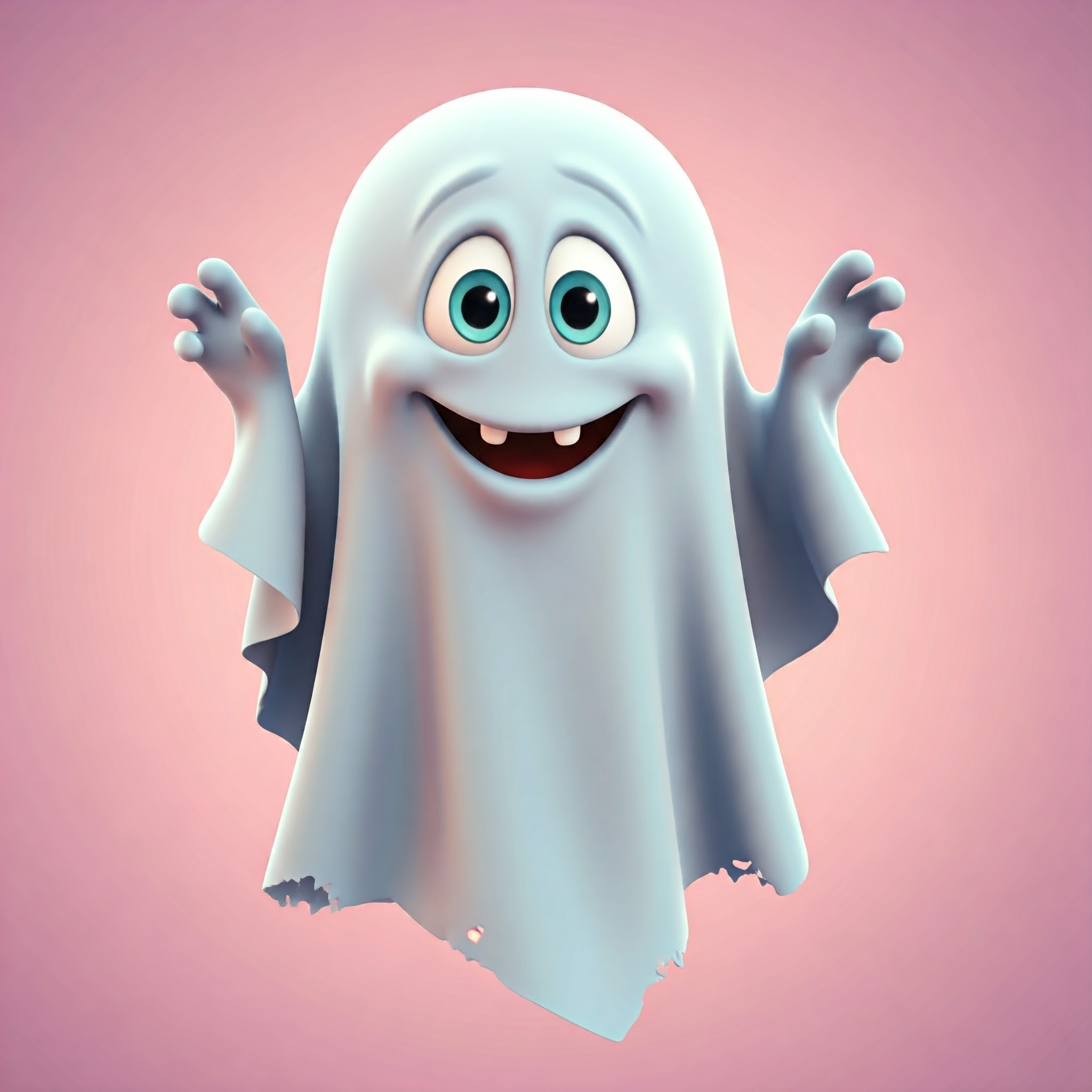
Our little ghost
“Our little ghost” based on a story by Louisa May AlcottBedtime Stories for Children is produced by Magic MonorailCopyright Steve Adams 2024
02:2401/11/2024
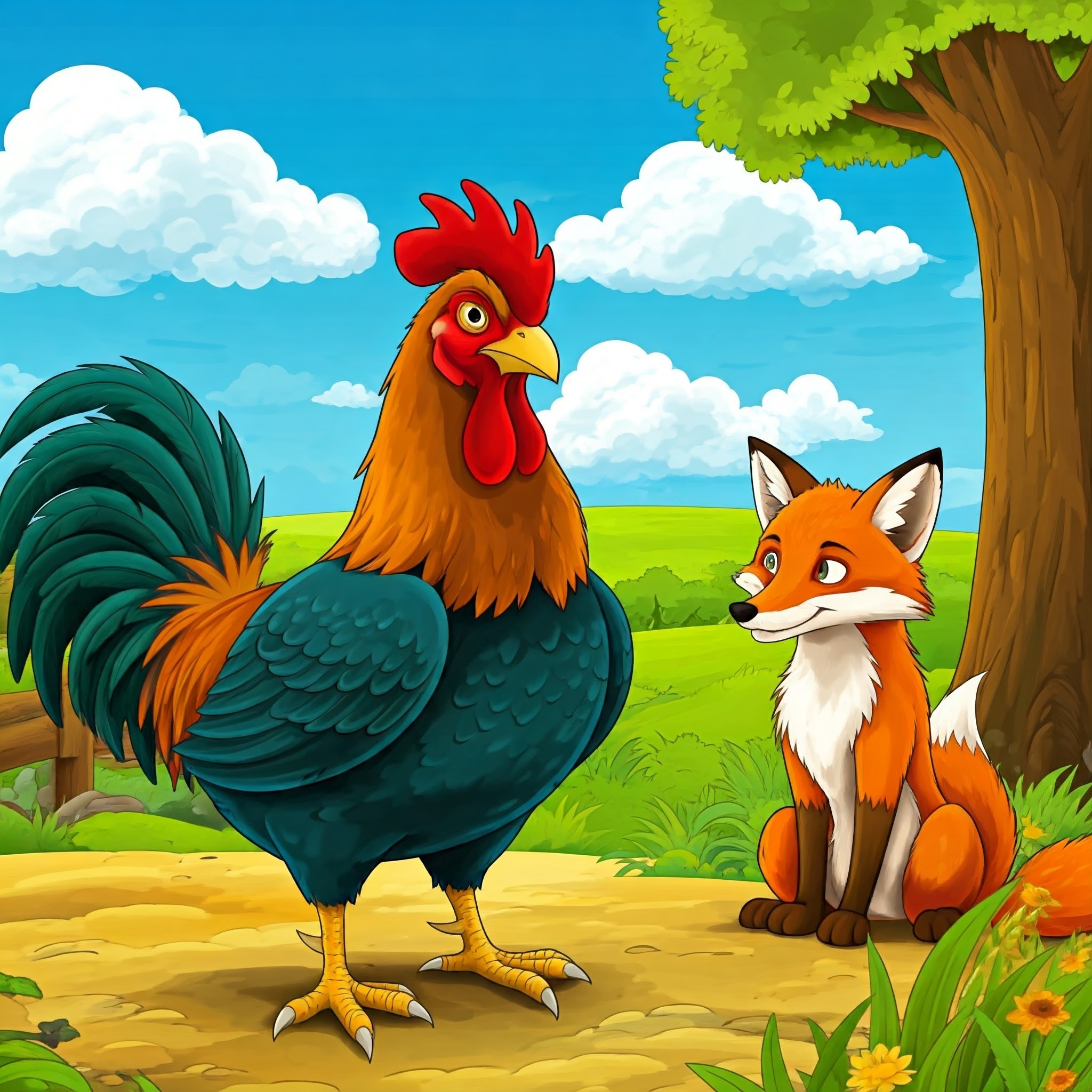
The Fox's dinner surprise
“The Fox's dinner surprise” based on an Aesop’s fableBedtime Stories for Children is produced by Magic MonorailCopyright Steve Adams 2024
01:3201/11/2024
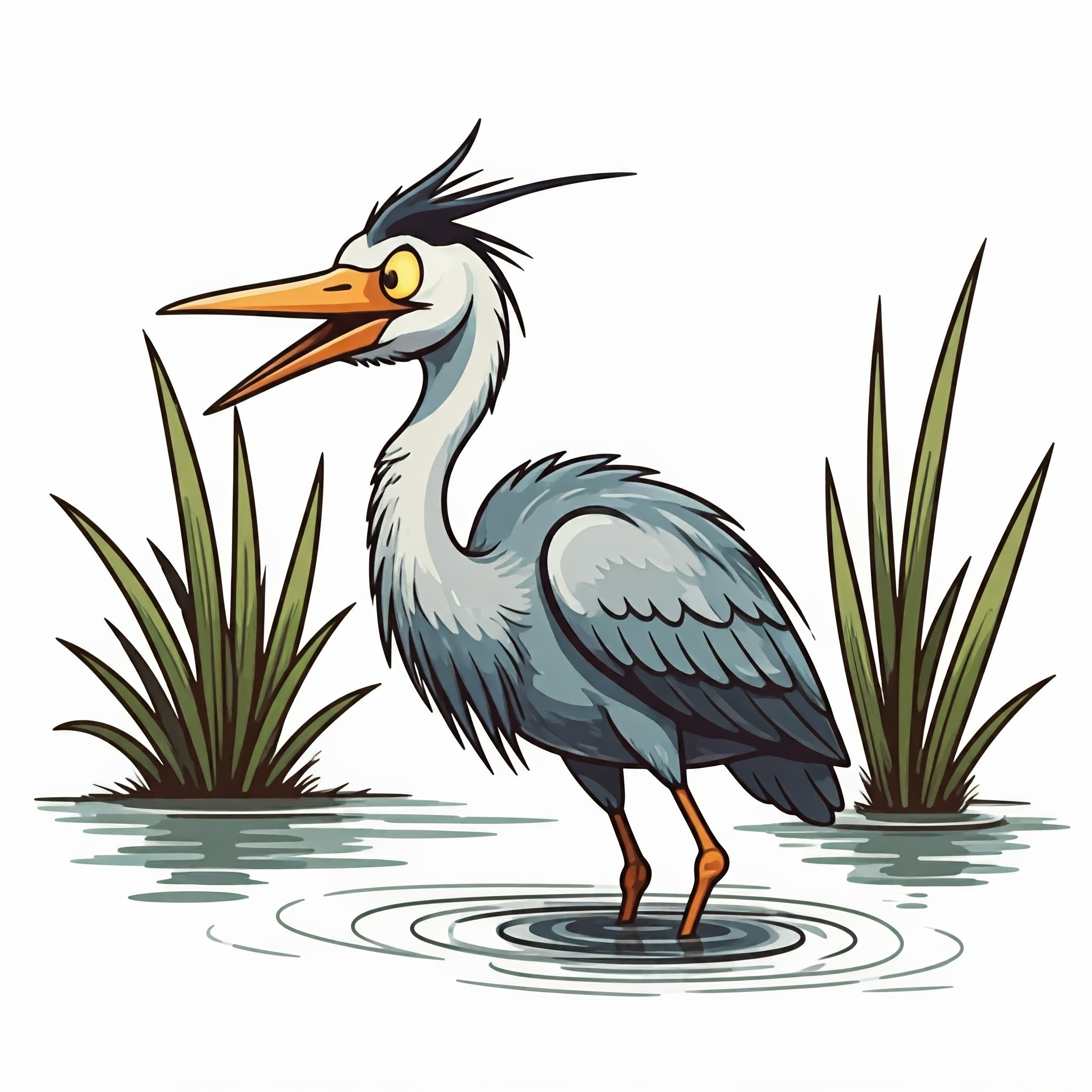
The Heron
“The Heron” based on an Aesop’s fableBedtime Stories for Children is produced by Magic MonorailCopyright Steve Adams 2024
01:0201/11/2024
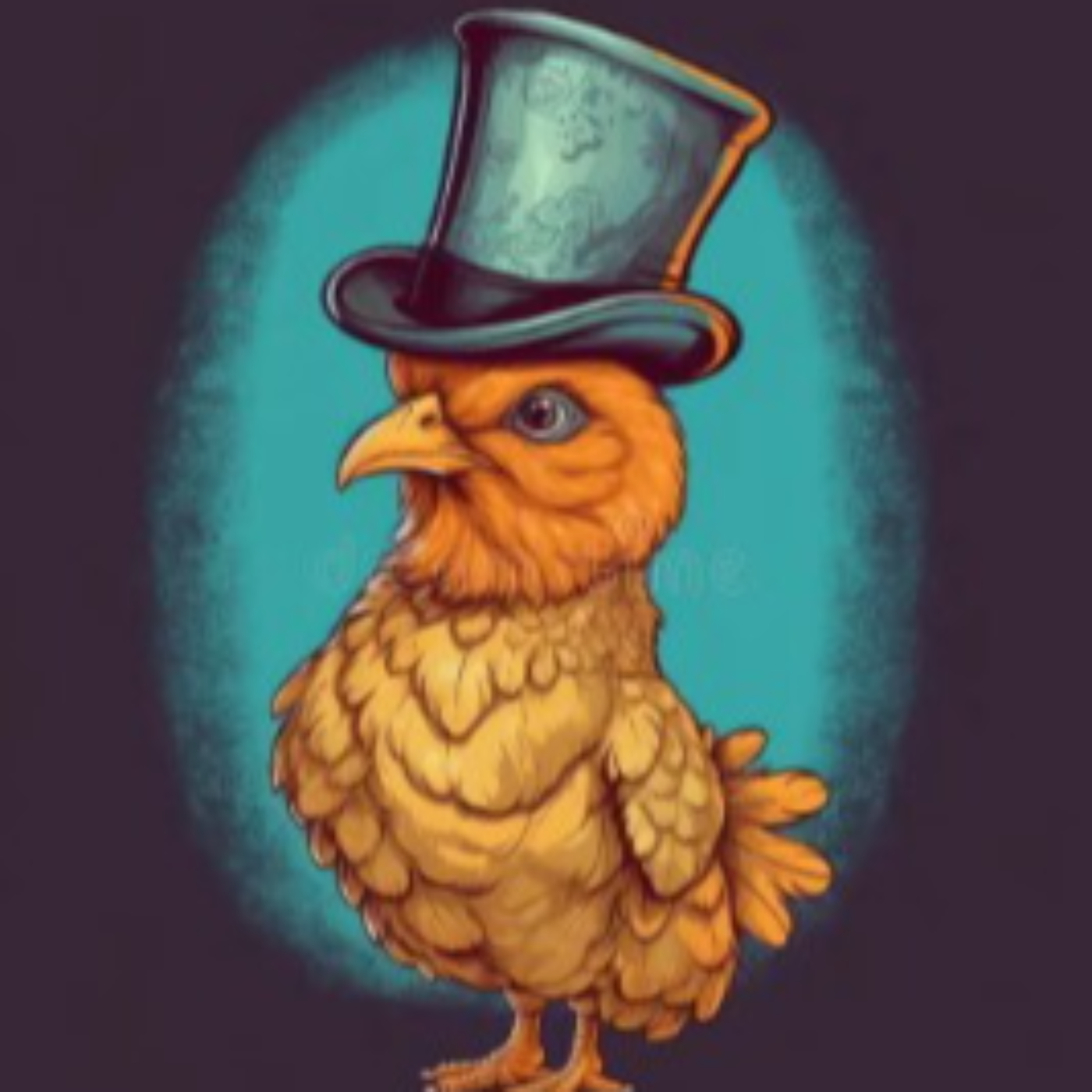
“The Rooster outsmarts the Fox”
“The Rooster outsmarts the Fox” Copyright 2024 Steve AdamsBedtime Stories for Children is produced by Magic Monorail
02:1516/10/2024
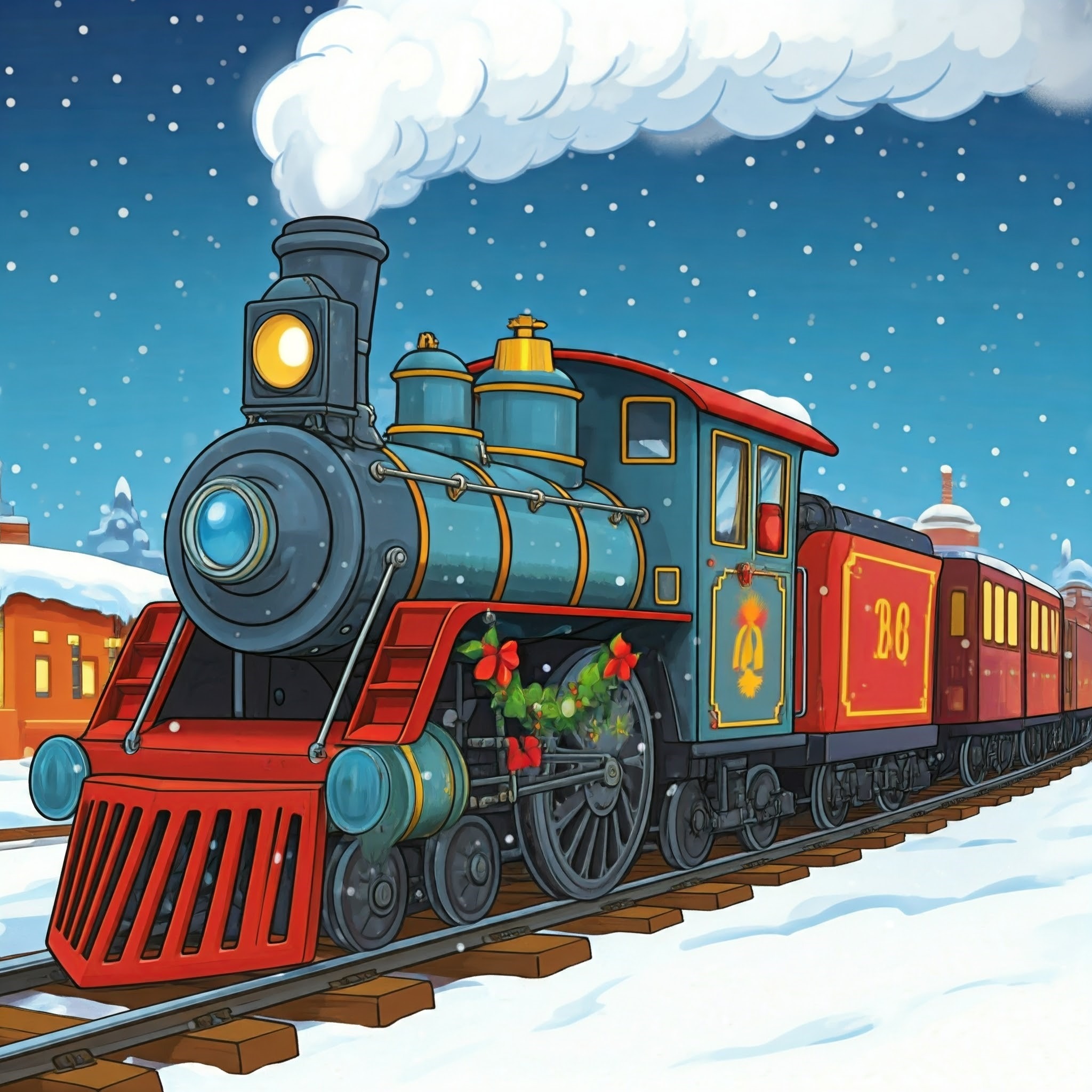
The Polar Express
"The Polar Express" written by Chris Van AllsburgBedtime Stories for Children is produced by Magic MonorailCopyright Steve Adams 2024
07:1610/10/2024

Wolf in sheep's clothing
The Bedtime stories channel is a reading of your favorite bedtime stories, tales, and fables. The "Bedtime Stories" podcast is also available on both Spotify and Apple Podcasts.
01:4510/10/2024
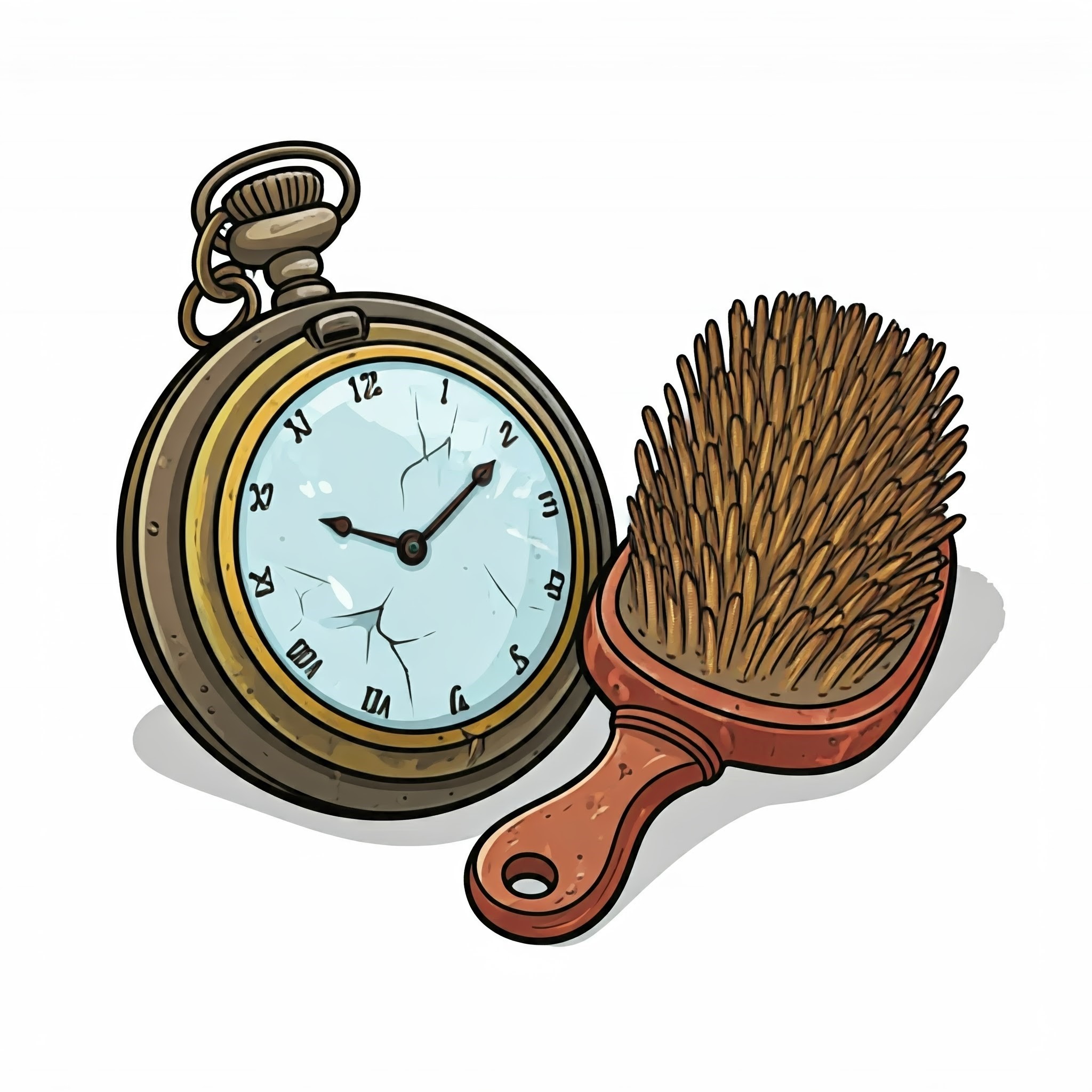
The Gift of the Magi
"The Gift of the Magi" is based on a story by O. Henry. This is a heartwarming story about a young couple, Della and Jim, who are deeply in love but financially struggling. As Christmas approaches, they each secretly sacrifice their most prized possession to buy a gift for the other.
09:1602/10/2024
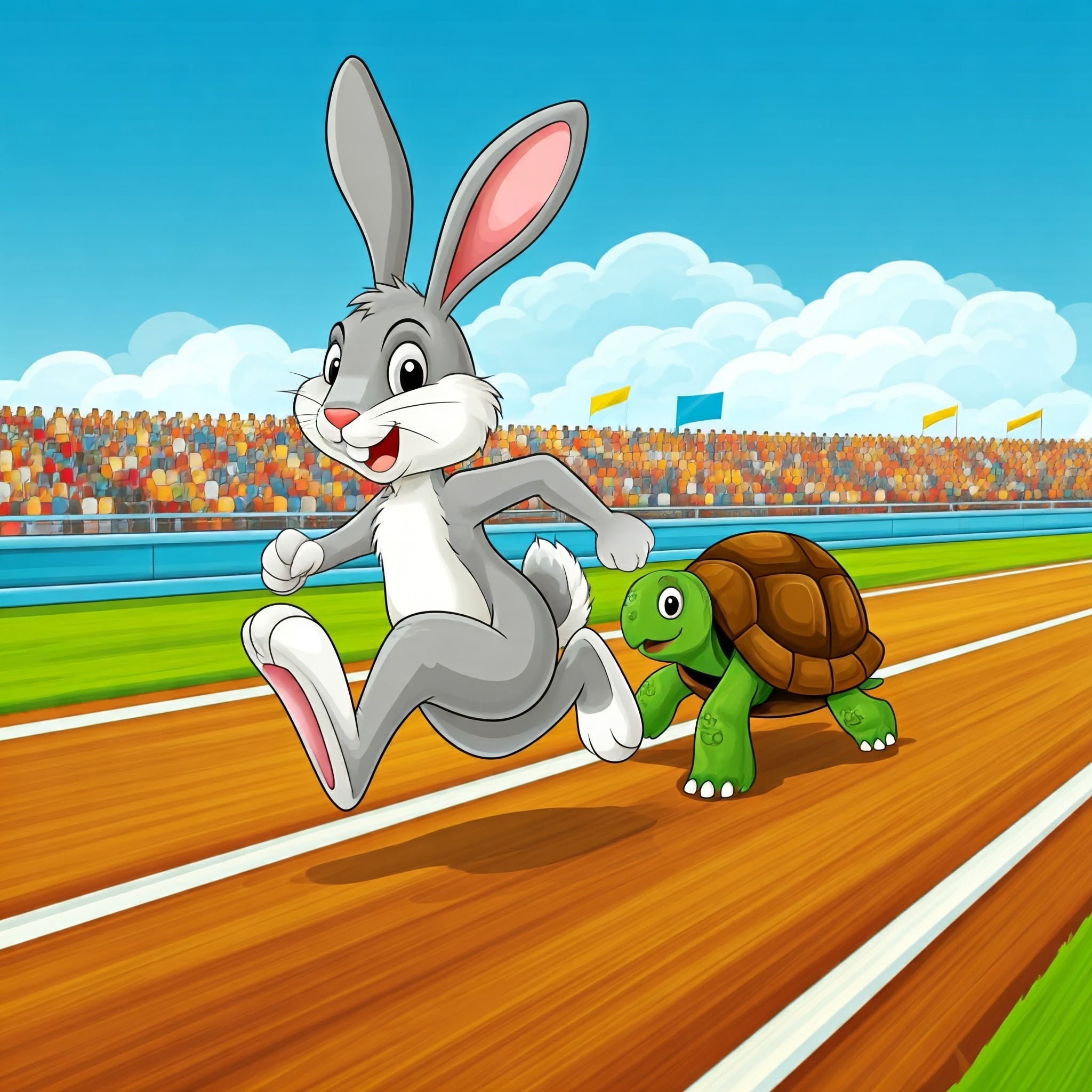
The Tortoise and the Hare
The classic story of “The Tortoise and the Hare”
01:2402/10/2024
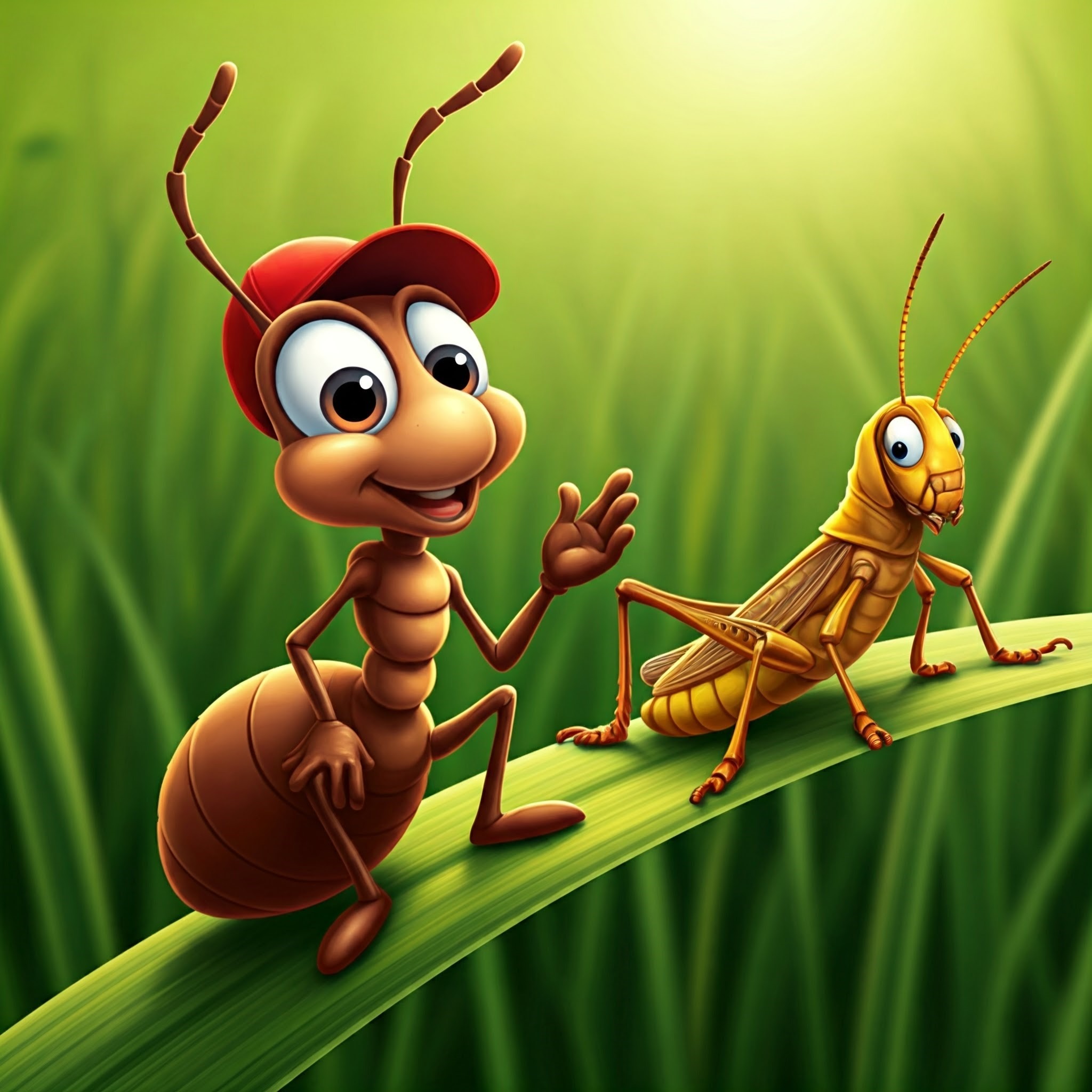
The Ant and the Grasshopper
The classic tale of “The Ant and the Grasshopper” adapted from an Aesop’s fable
04:4602/10/2024

The Greedy Dog
“The Greedy Dog” an Aesop’s fable
00:5714/09/2024
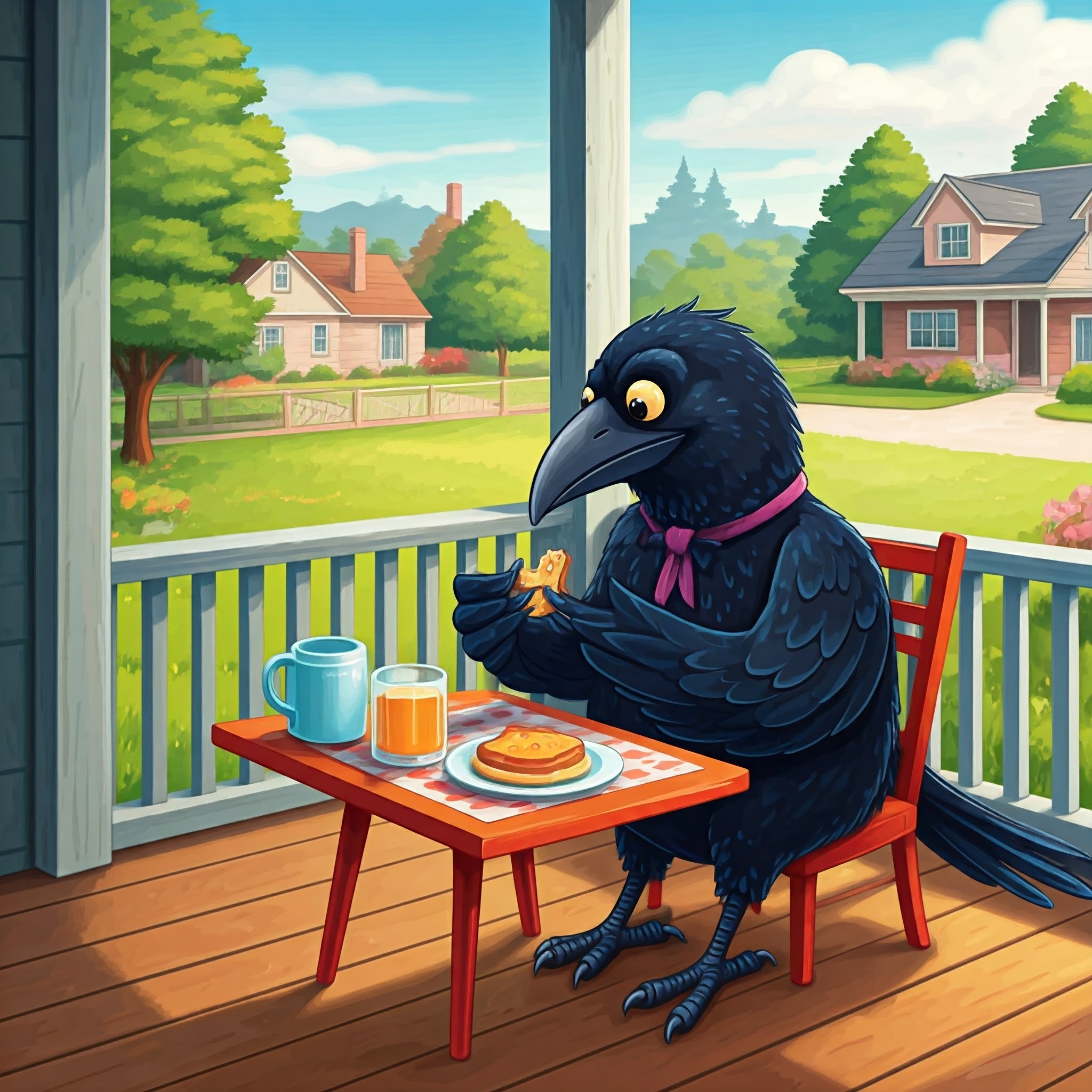
The Crow’s morning breakfast
“The Crow’s morning breakfast” adapted from an Aesop’s fable
01:5514/09/2024
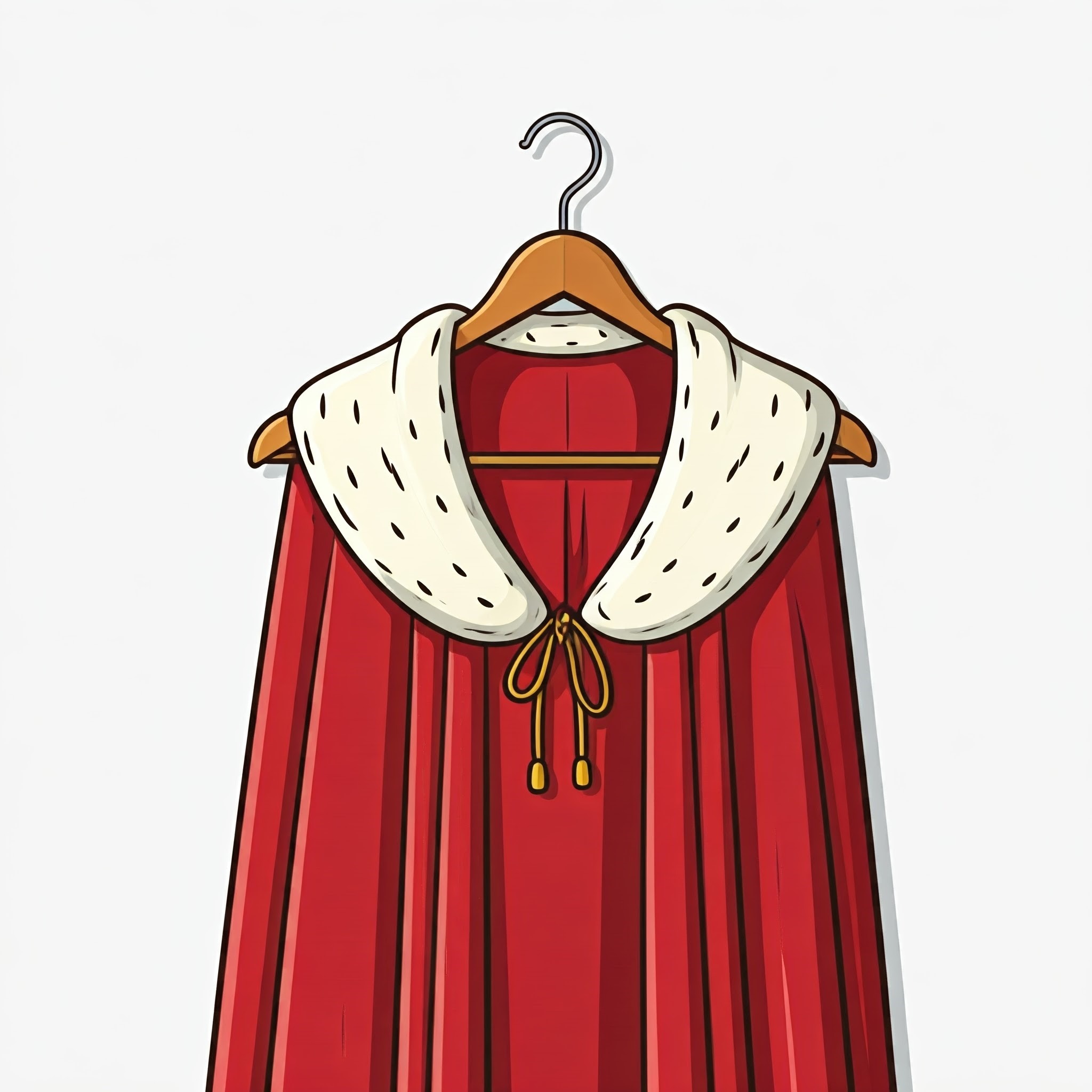
The Emperor’s new clothes
“The Emperor’s new clothes” based on a story by Hans Christian Anderson
10:0413/09/2024
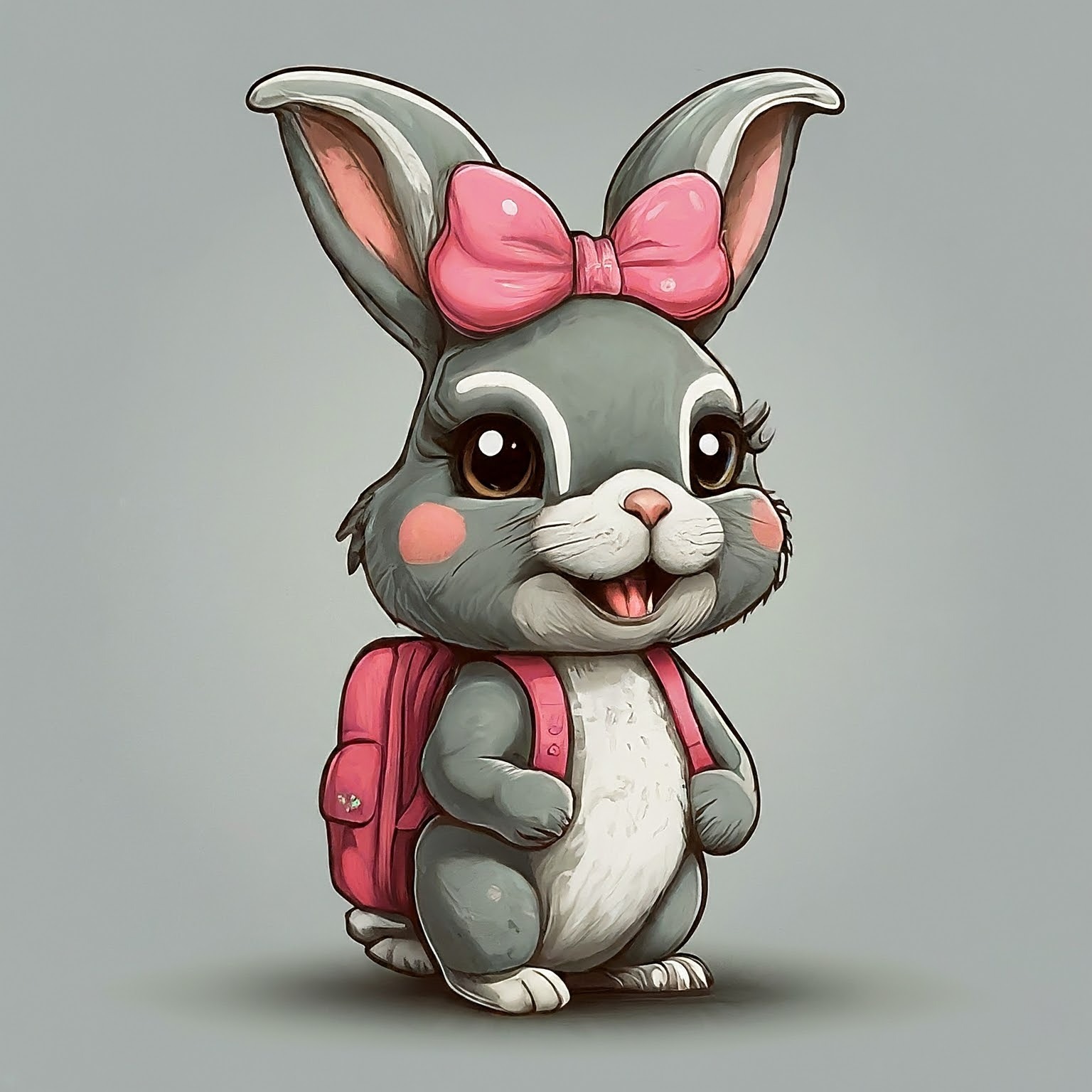
Bonnie's act of kindness
"Bonnie's act of kindness" by Steve AdamsCopyright 2024 Steve AdamsBedtime Stories for Children is produced by Magic Monorail
03:1513/09/2024
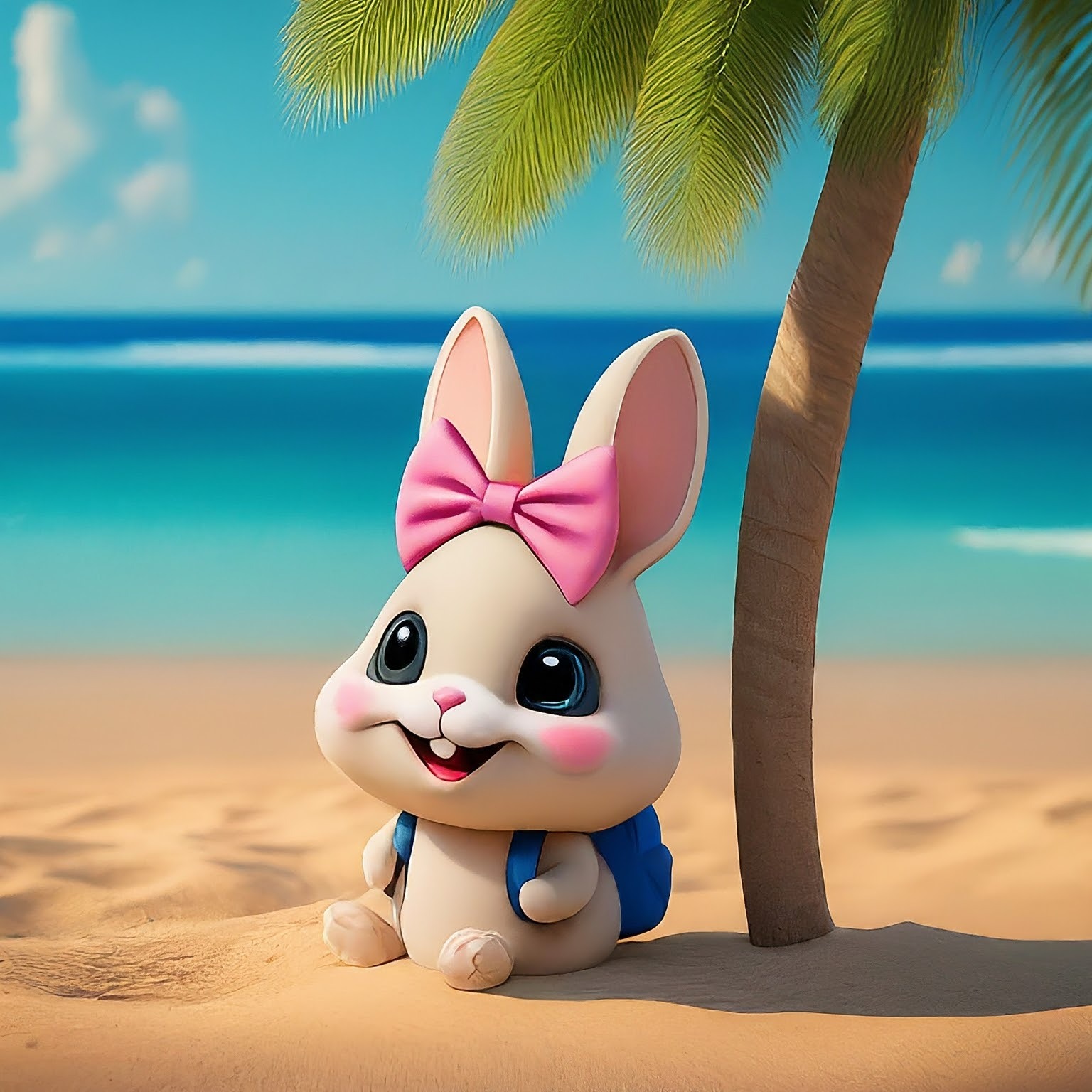
Bonnie’s island visit
“Bonnie’s island visit” by Steve AdamsCopyright 2024 Steve AdamsBedtime Stories for Children is produced by Magic Monorail
03:2902/09/2024
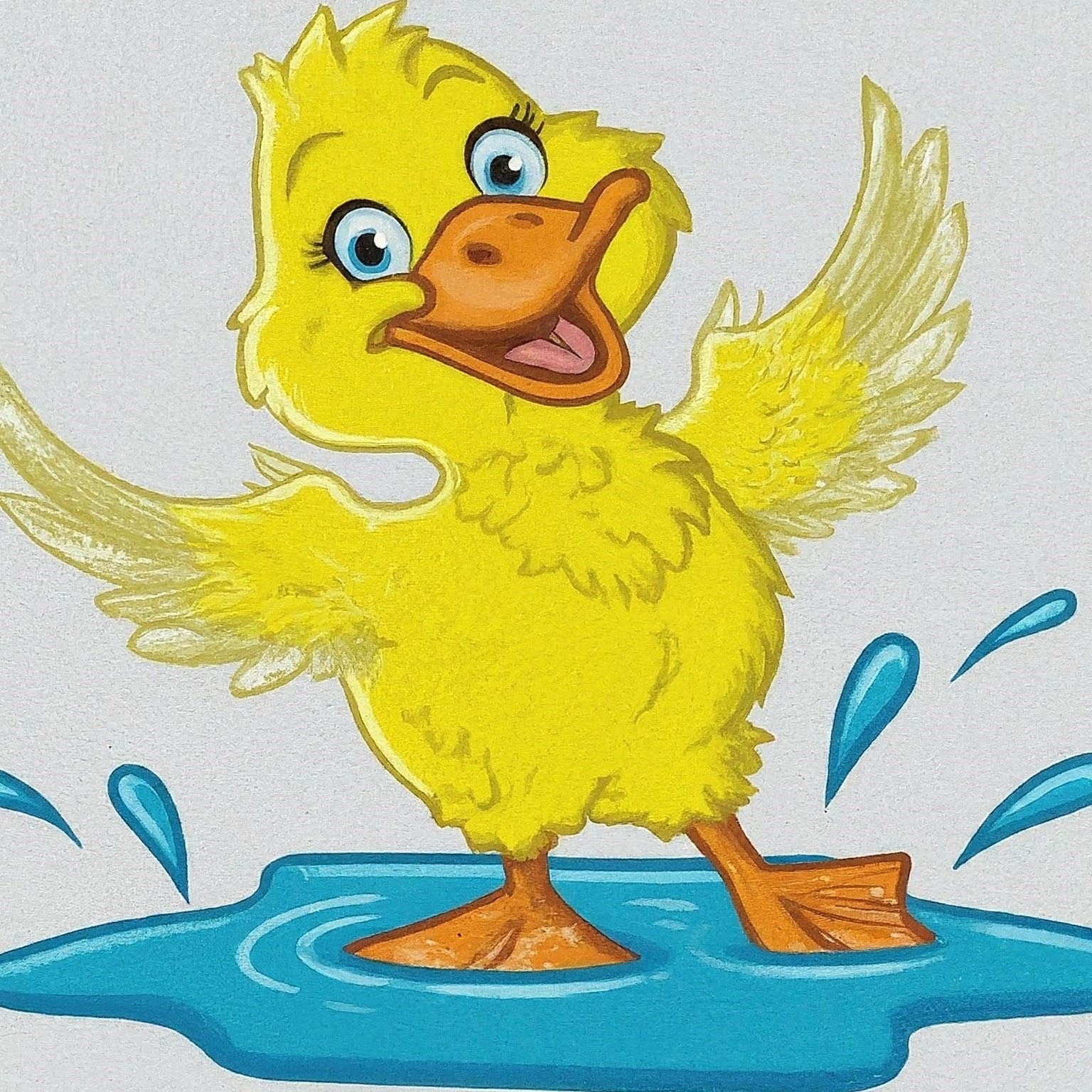
The Ugly Duckling
"The Ugly Duckling" by Hans Christian AndersonCopyright 2024 Steve AdamsBedtime Stories for Children is produced by Magic Monorail
05:4102/09/2024
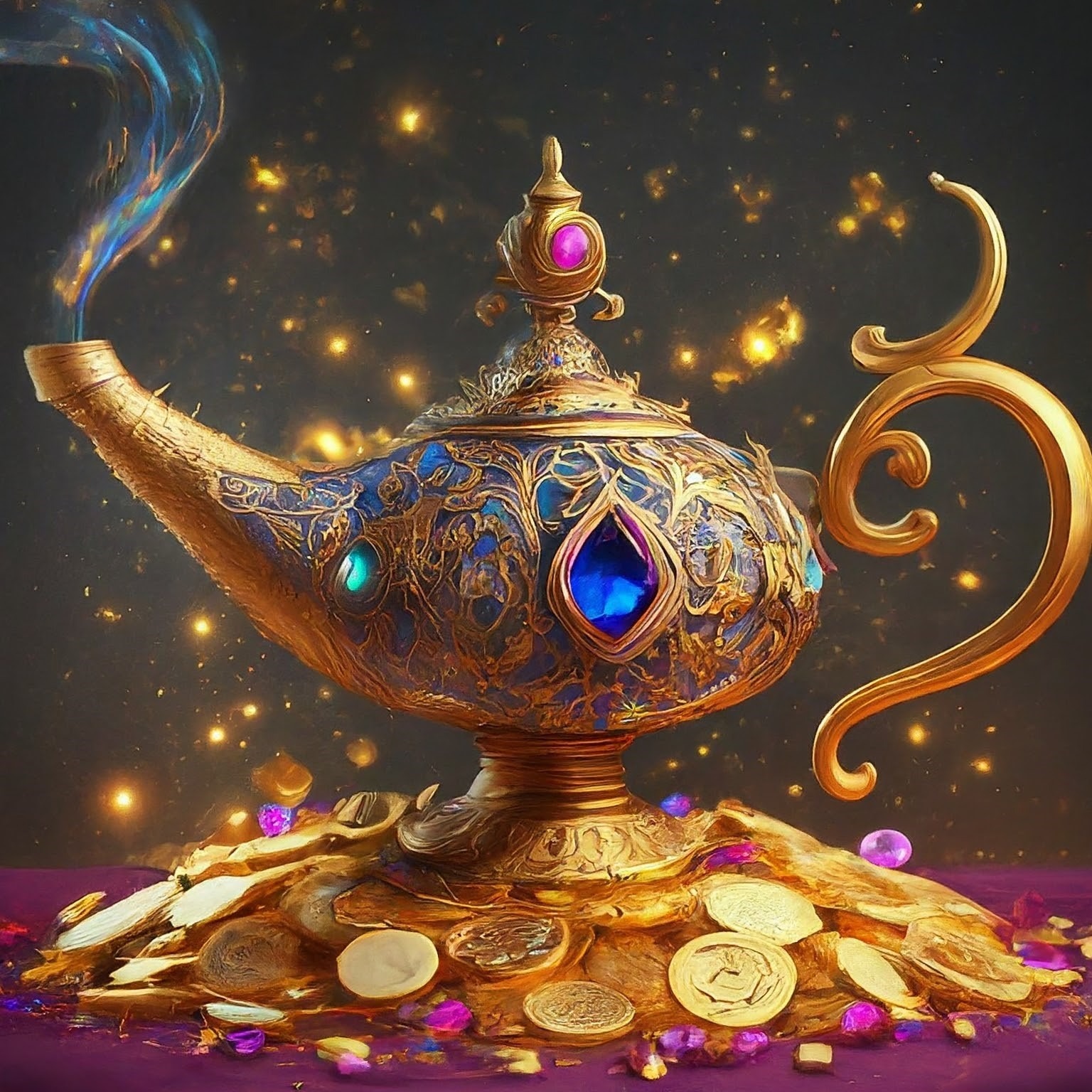
The story of Aladdin and the Magic Lamp
"The story of Aladdin and the Magic Lamp" a classic fableCopyright 2024 Steve AdamsBedtime Stories for Children is produced by Magic Monorail
06:2302/09/2024
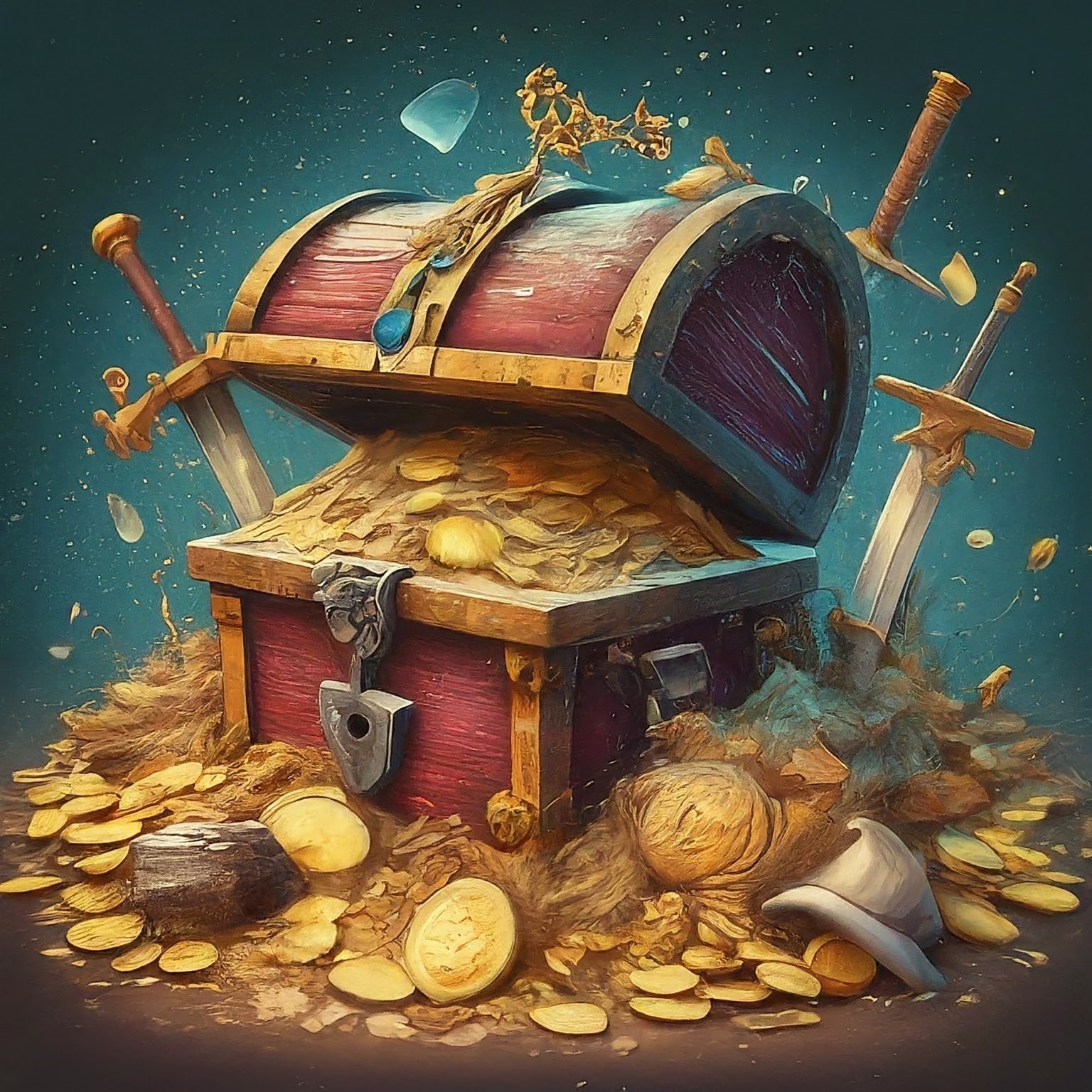
Ali Baba and the 40 thieves
"Ali Baba and the 40 thieves" is an 18th century folk take and one of the most familiar of the "Arabian Nights" talesCopyright 2024 Steve AdamsBedtime Stories for Children is produced by Magic Monorail
06:2202/09/2024
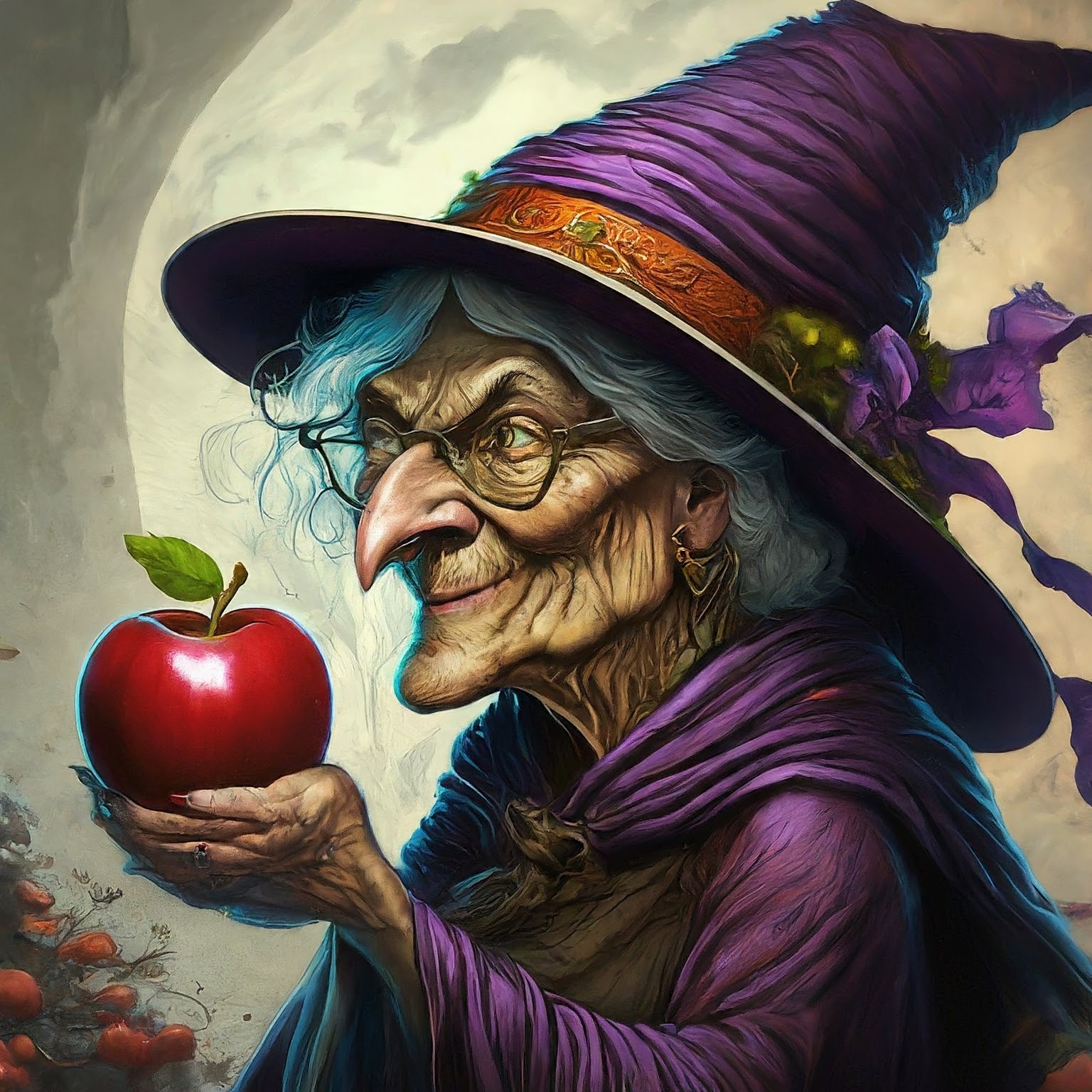
Snow White
Based on the classic 19th-century German fairy tale "Snow White". The Brothers Grimm originally published the story in 1812 in the first edition of their collection Grimms' Fairy Tales.Copyright 2024 Steve AdamsBedtime Stories for Children is produced by Magic Monorail
06:4002/09/2024
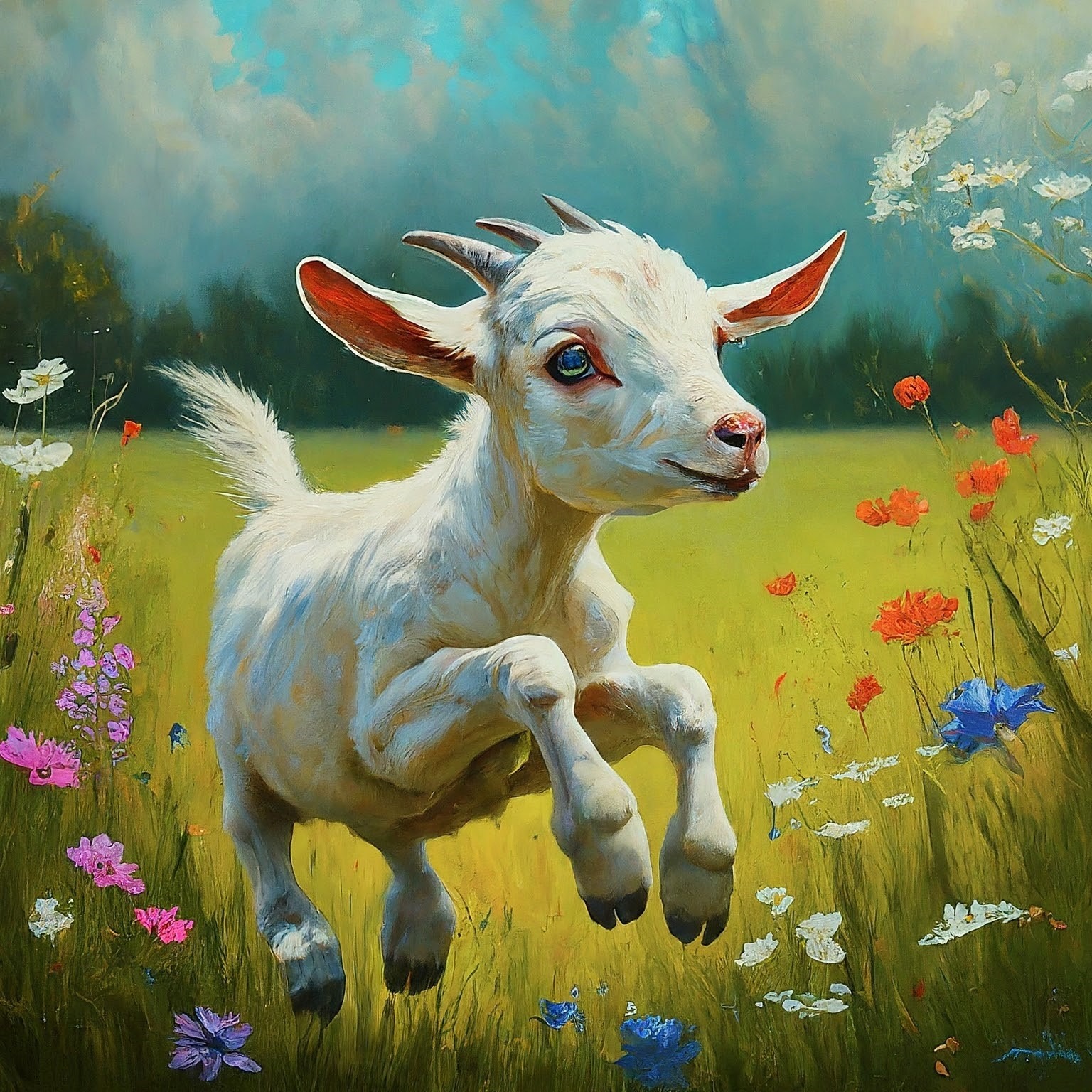
The kid and the wolf
"The kid and the wolf" an Aesop's Fable. Aesop's Fables are a collection of fables credited to Aesop, a storyteller believed to have lived in ancient Greece between 620 and 564 BC. Initially the fables were addressed to adults and covered religious, social and political themes. They were also put to use as ethical guides and from the Renaissance onwards were particularly used for the education of children.
02:2601/09/2024
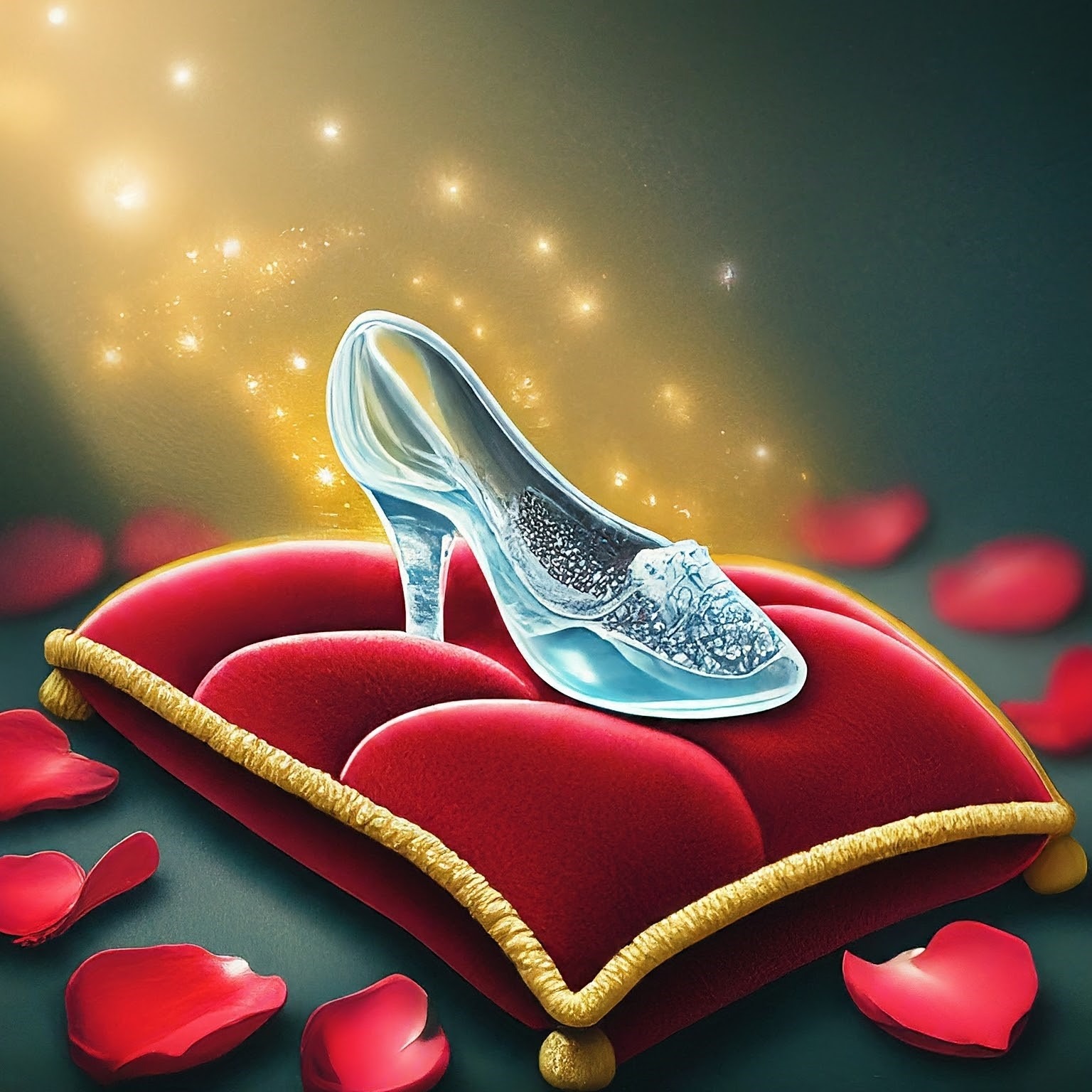
The story of Cinderella
"The story of Cinderella" is based on a folk tale about oppression and triumphant reward. Thousands of variants are known throughout the world. The protagonist is a young woman living in forsaken circumstances that are suddenly changed to remarkable fortune, with her ascension to the throne via marriage.The first literary European version of the story was published in Italy by Giambattista Basile in his Pentamerone in 1634; the version that is now most widely known in the English-speaking world was published in French by Charles Perrault in Histoires ou contes du temps passé in 1697. Another version was later published by the Brothers Grimm in their folk tale collection Grimms' Fairy Tales in 1812.Copyright 2024 Steve AdamsBedtime Stories for Children is produced by Magic Monorail
08:1701/09/2024
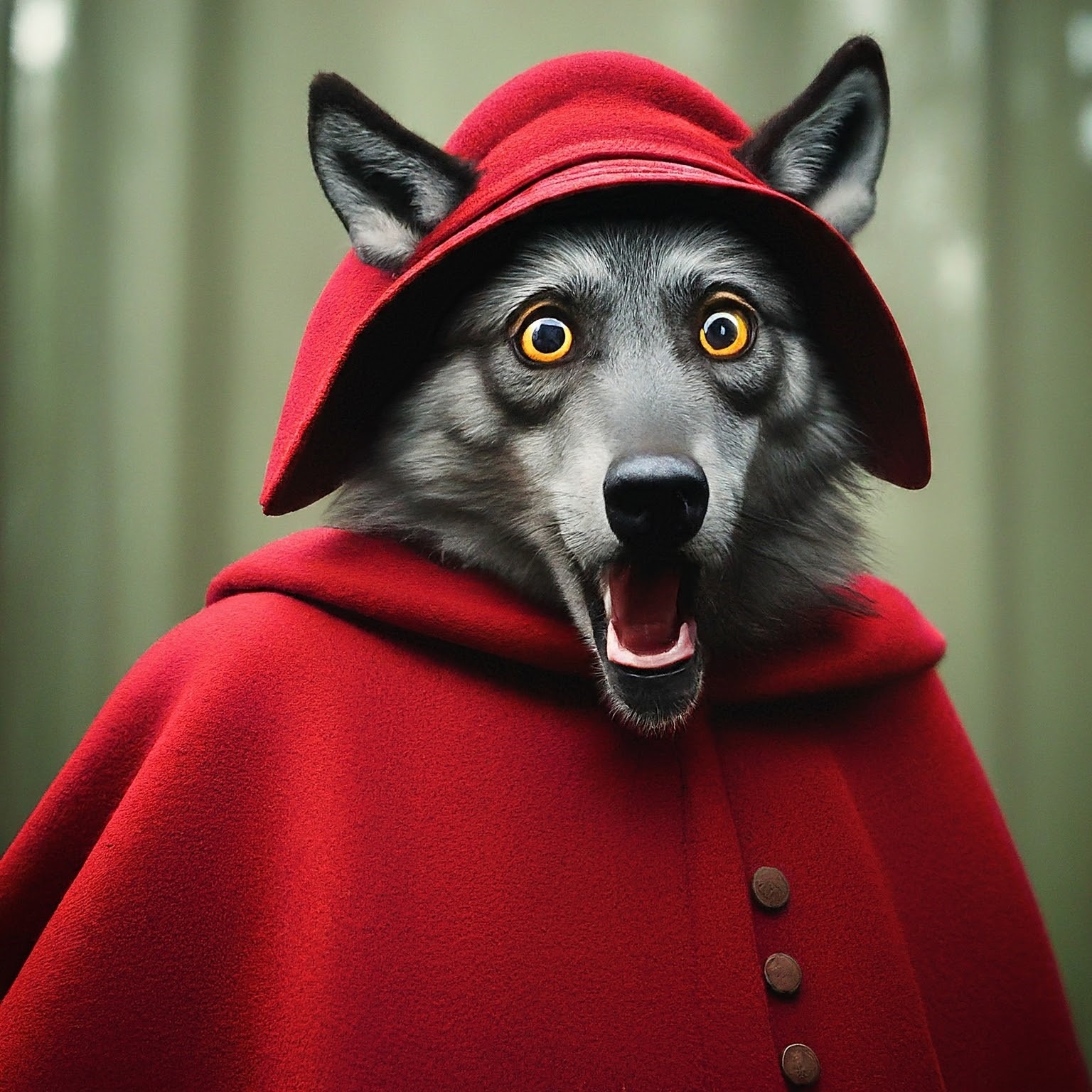
Little Red Riding Hood
"Little Red Riding Hood" is a European fairy tale about a young girl and a Big Bad Wolf. Its origins can be traced back to the 10th century to several European folk tales, including one from Italy called The False Grandmother. The two best known versions were written by Charles Perrault and the Brothers GrimmCopyright 2024 Steve AdamsBedtime Stories for Children is produced by Magic Monorail
06:1901/09/2024
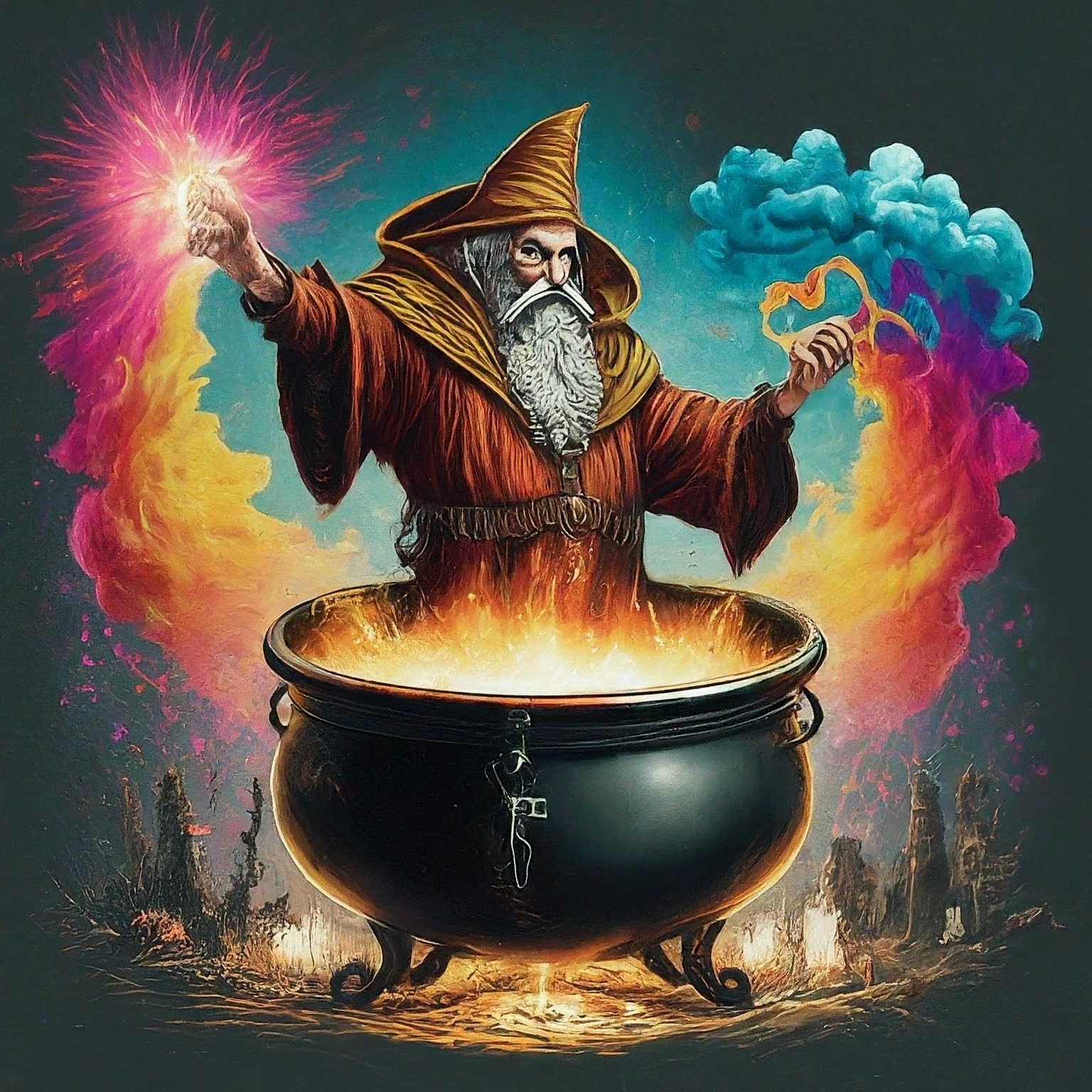
The Sorcerer’s Apprentice
“The Sorcerer’s Apprentice” is based on a poem by Johann Wolfgang von Goethe written in 1797. The Sorcerer's Apprentice is also a symphonic poem by the French composer Paul Dukas, completed in 1897. The piece was based on Goethe's 1797 poem of the same name. By far the most performed and recorded of Dukas's works, its notable appearance in the Walt Disney 1940 animated film Fantasia has led to the piece becoming widely known to audiences outside the classical concert hall.Copyright 2024 Steve AdamsBedtime Stories for Children is produced by Magic Monorail
06:5901/09/2024
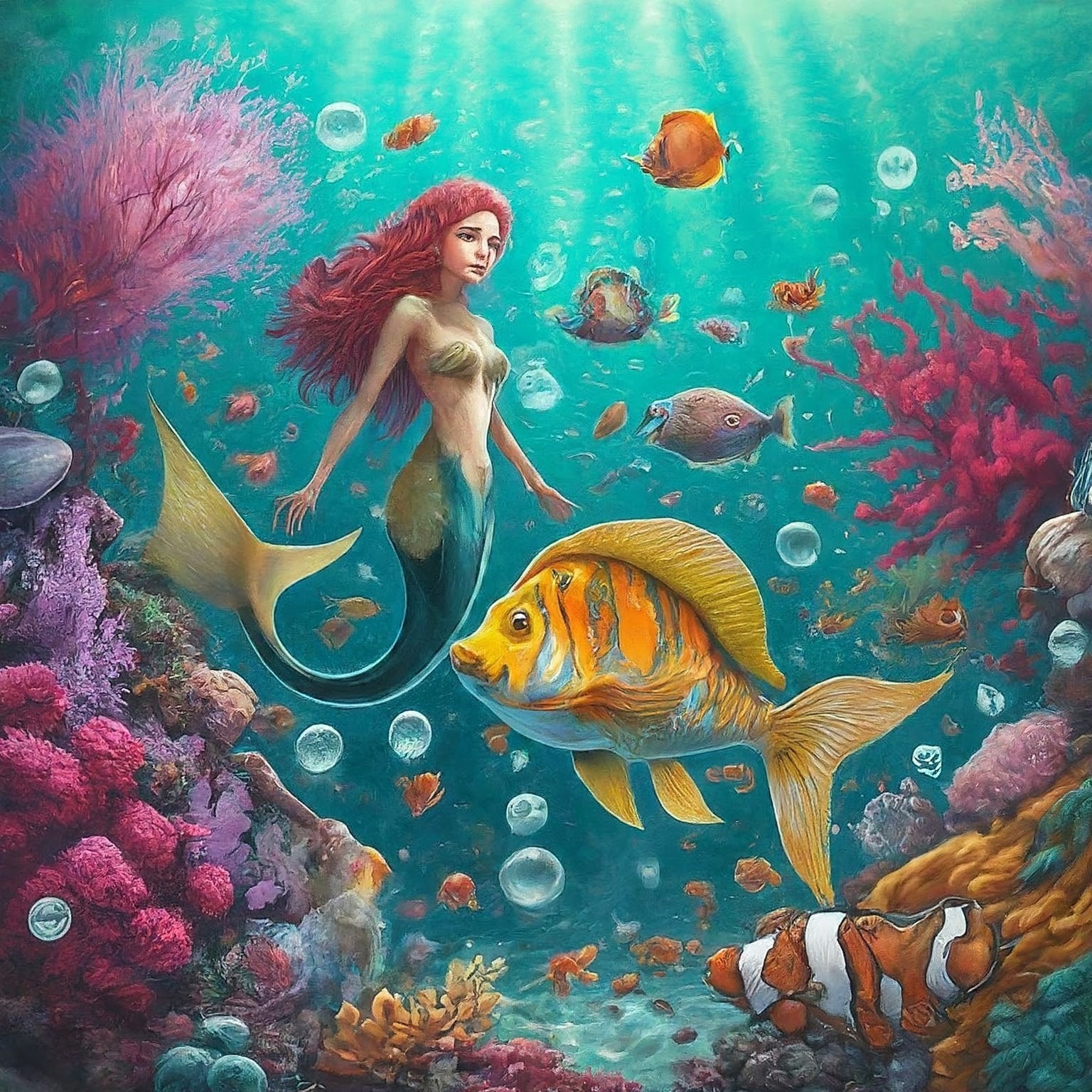
The Little Mermaid
"The Little Mermaid" is based on a Danish literary fairy tale written by the Hans Christian Andersen. The story follows the journey of a young mermaid who is willing to give up her life in the sea as a mermaid to gain a human soul. The tale was first published in 1837 as part of a collection of fairy tales for children. There is a statue portraying the mermaid in Copenhagen, Denmark, where the story was written and first published.Copyright 2024 Steve AdamsBedtime Stories for Children is produced by Magic Monorail
06:4101/09/2024
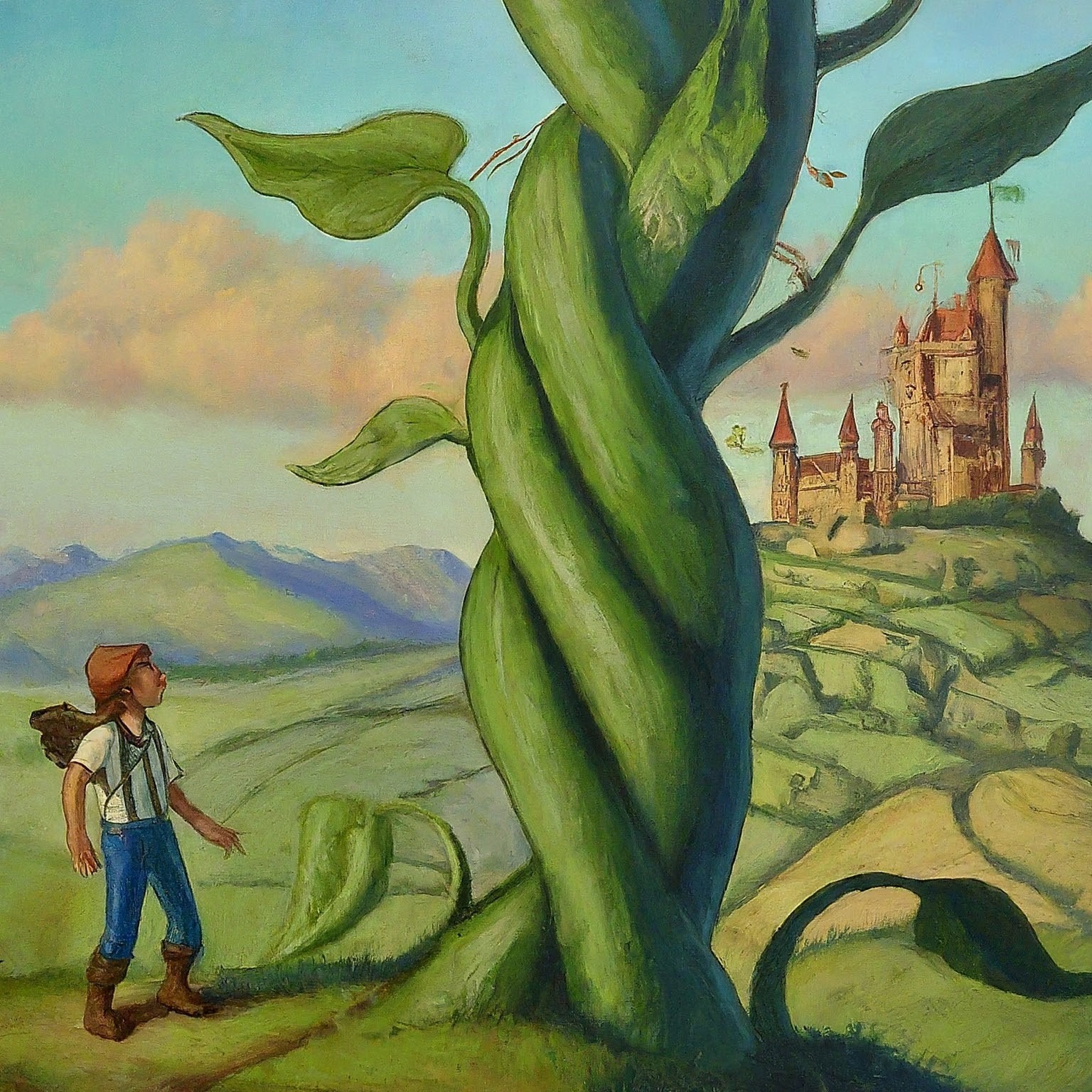
Jack and the Beanstalk
The story of “Jack and the Beanstalk" is based on an English fairy tale. It originally appeared as "The Story of Jack Spriggins and the Enchanted Bean" in 1734 and again as "The History of Jack and the Bean-Stalk" in 1807."Jack and the Beanstalk" is the best known of the "Jack tales", a series of stories featuring the English hero and stock character Jack.Copyright 2024 Steve AdamsBedtime Stories for Children is produced by Magic Monorail
06:3601/09/2024
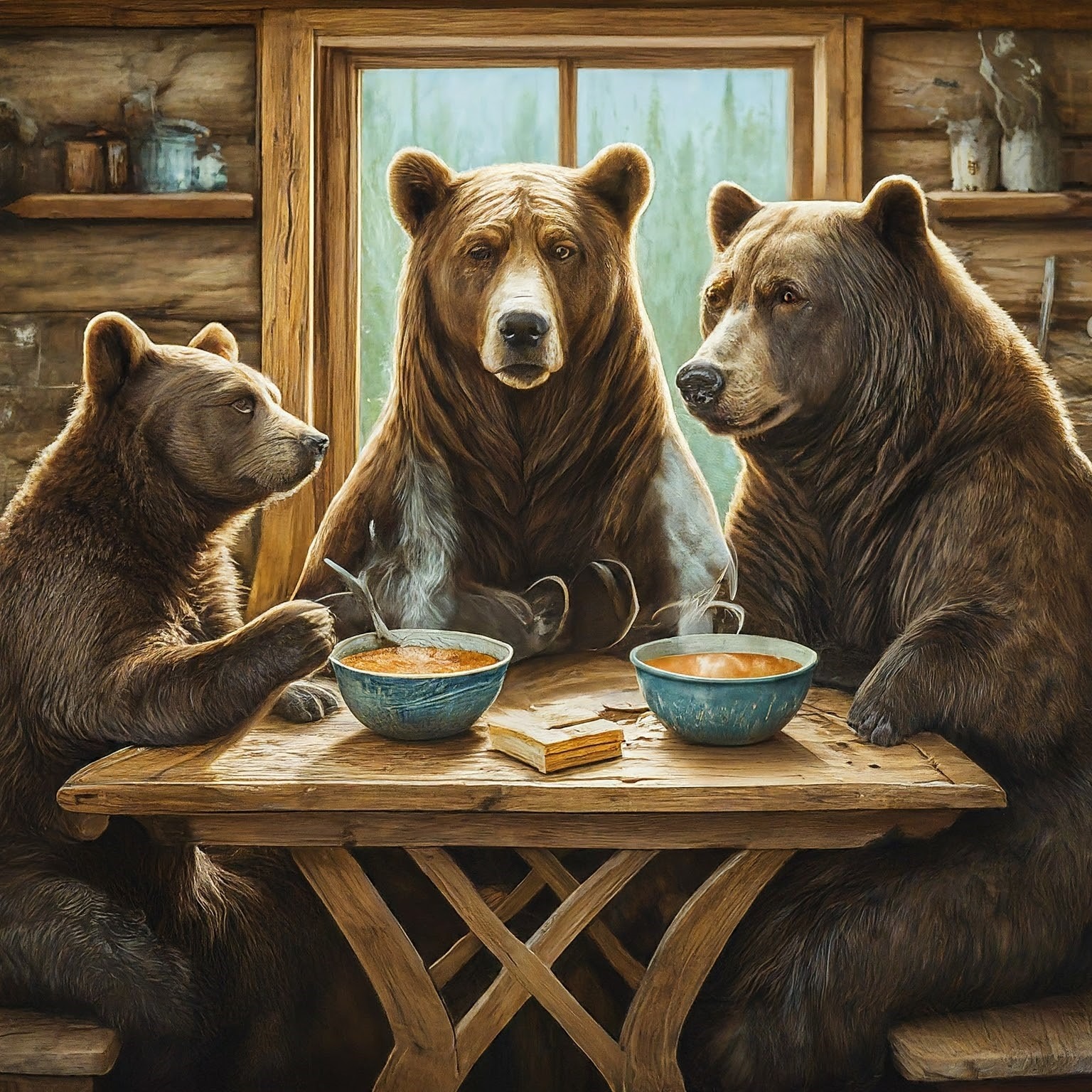
Goldilocks and the Three Bears
"Goldilocks and the Three Bears" is one of the most popular fairy tales in the English language. The story is a 19th-century British fairy tale of which three versions exist.The original version of the tale tells of a badly-behaved old woman who enters the forest home of three bachelor bears whilst they are away. She sits in their chairs, eats some of their porridge, and sleeps in one of their beds. When the bears return and discover her, she wakes up, jumps out of the window, and is never seen again.The second version replaced the old woman with a little girl named Goldilocks, and the third and by far best-known version replaced the original bear trio with Papa Bear, Mama Bear and Baby Bear.Copyright 2024 Steve AdamsBedtime Stories for Children is produced by Magic Monorail
07:4025/08/2024
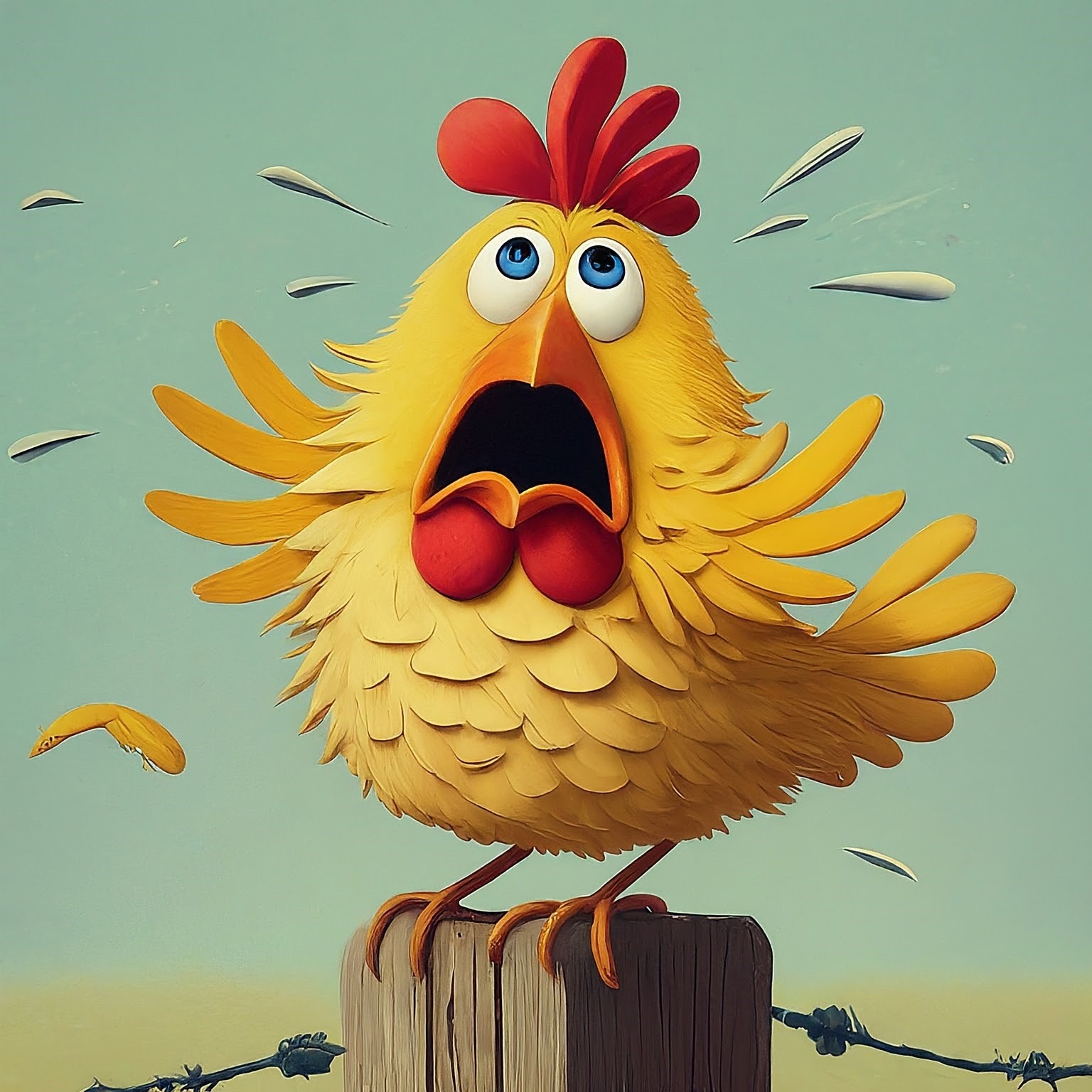
Chicken Little
“Chicken Little” is a European folk tale with a moral in the form of a cumulative tale about a chicken who believes that the world is coming to an end. The phrase "The sky is falling!" features prominently in the story, and has passed into the English language as a common idiom indicating a hysterical or mistaken belief that disaster is imminent. Similar stories go back more than 25 centuries. The story was originally part of the oral folk tradition and only began to appear in print after the Brothers Grimm had set a European example with their collection of German tales in the early years of the 19th century.Copyright 2024 Steve AdamsBedtime Stories for Children is produced by Magic Monorail
07:1925/08/2024
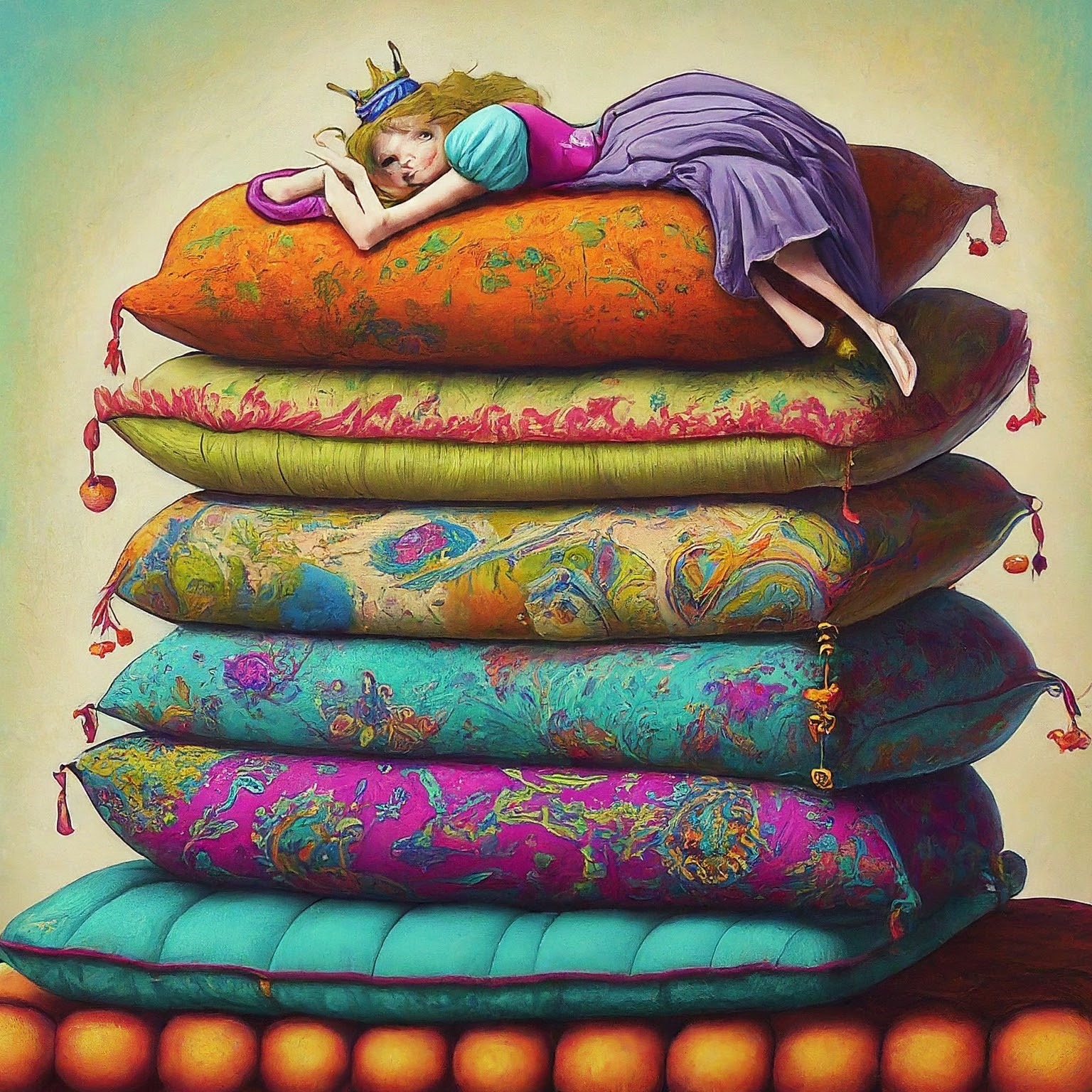
The Princess and the Pea
"The Princess and the Pea" is a literary fairy tale by Hans Christian Andersen about a young woman whose royal identity is established by a test of her sensitivity. The tale was first published by Andersen in 1835. Andersen had heard the story as a child, and it likely has its source in folk material, possibly originating from Sweden, as it is unknown in the Danish oral tradition. Neither "The Princess and the Pea" nor Andersen's other tales of 1835 were well received by Danish critics, who disliked their casual, chatty style and their lack of moralsCopyright 2024 Steve AdamsBedtime Stories for Children is produced by Magic Monorail
06:0625/08/2024
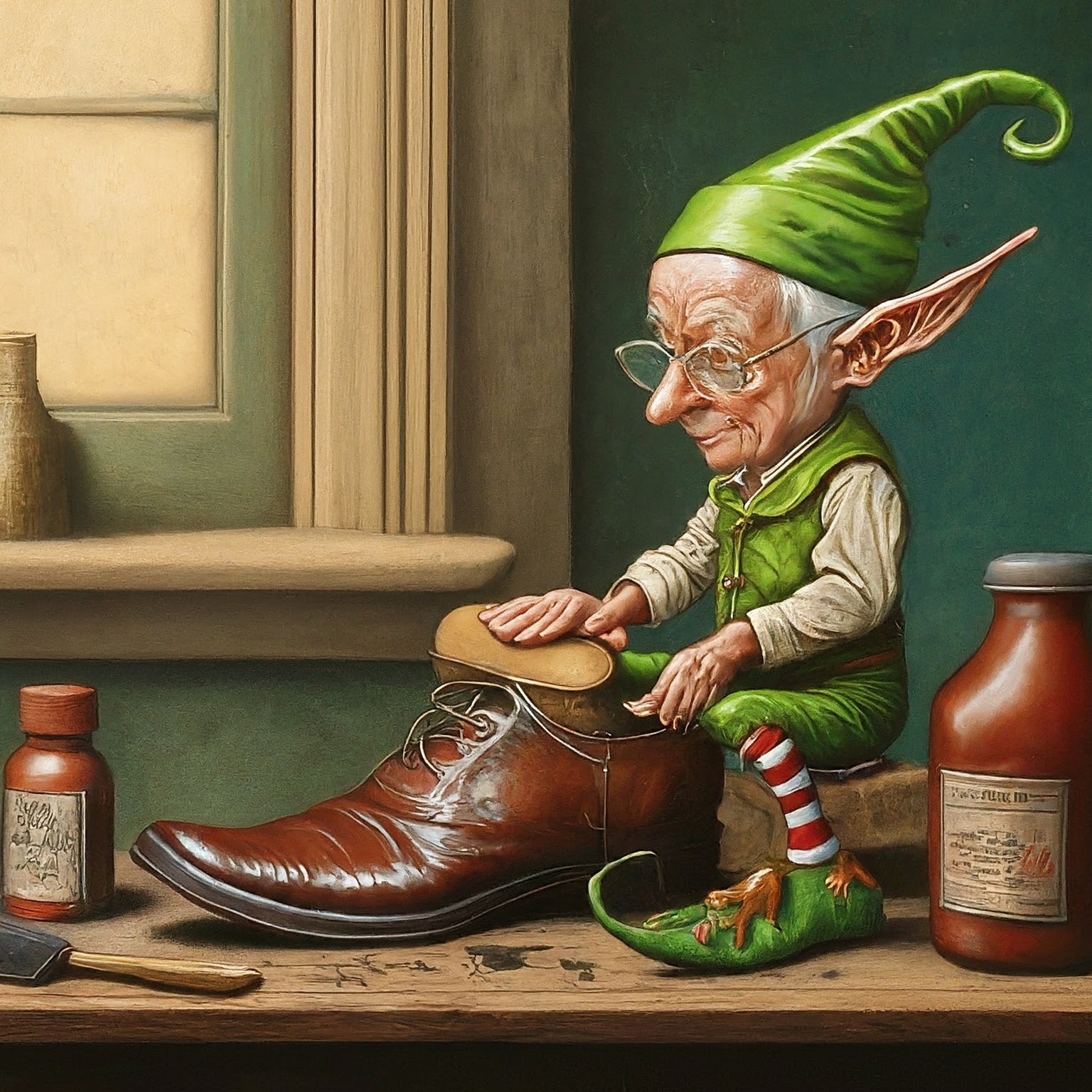
The Elves and The Shoemaker
"The Elves and The Shoemaker" is based on a set of fairy tales collected by the Brothers Grimm about a poor shoemaker who receives much-needed assistance from helpful elves. The original story is the first of three fairy tales contained in the German Grimm's Fairy Tales under the common title "Die Wichtelmänner"Copyright 2024 Steve AdamsBedtime Stories for Children is produced by Magic Monorail
06:4421/08/2024
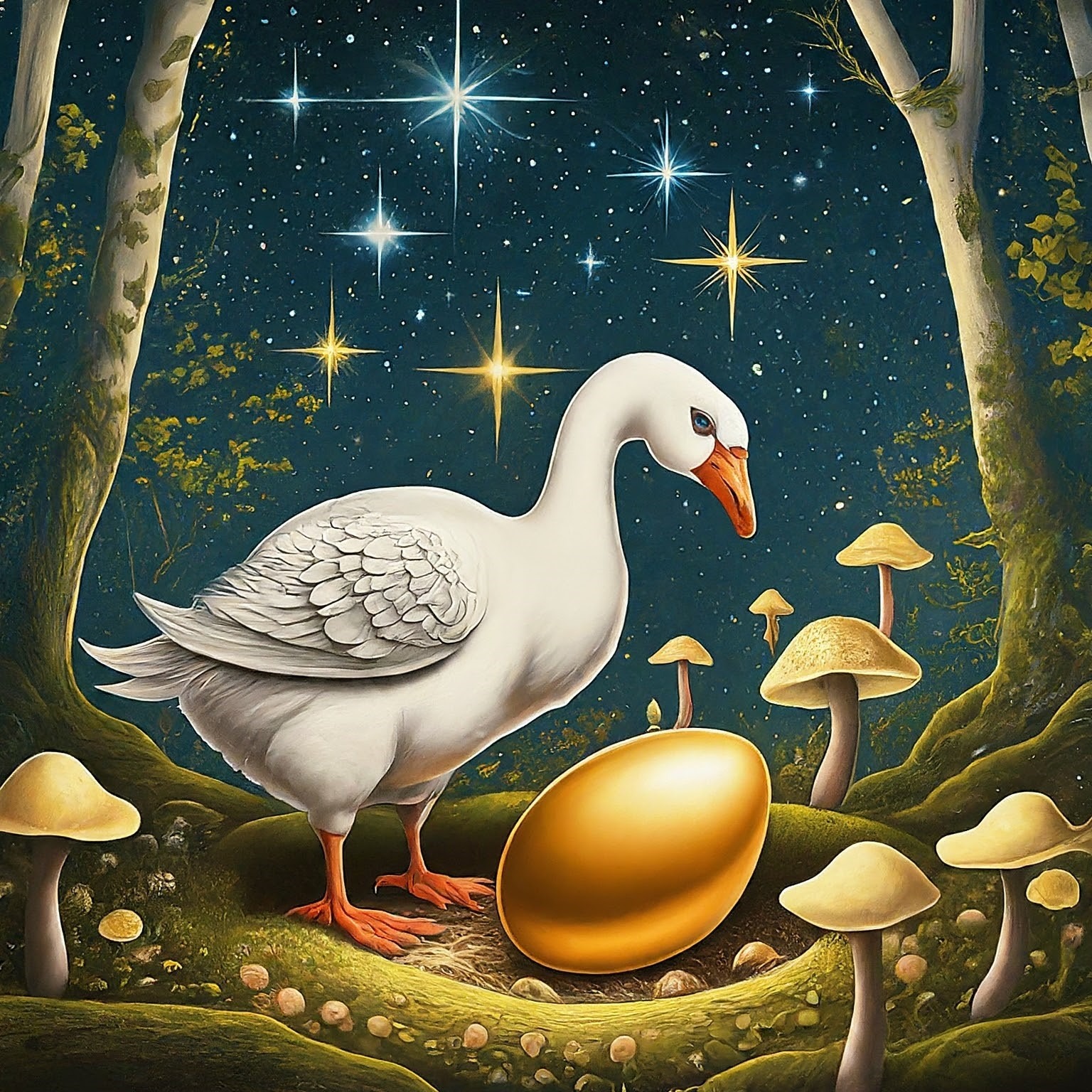
The Golden Goose
"The Golden Goose" is a fairy tale collected by the Brothers Grimm. The Brothers Grimm were academics, philologists, cultural researchers, lexicographers and authors who together collected and published folklore during the 19th century. They were among the first and best-known collectors of German (and European) folk tales, and popularized traditional oral tale types such as "Cinderella", "The Frog Prince", "Hansel and Gretel", "Rapunzel", "Little Red Riding Hood", "Rumpelstiltskin", "Sleeping Beauty", and "Snow White".Copyright 2024 Steve AdamsBedtime Stories for Children is produced by Magic Monorail
07:2021/08/2024
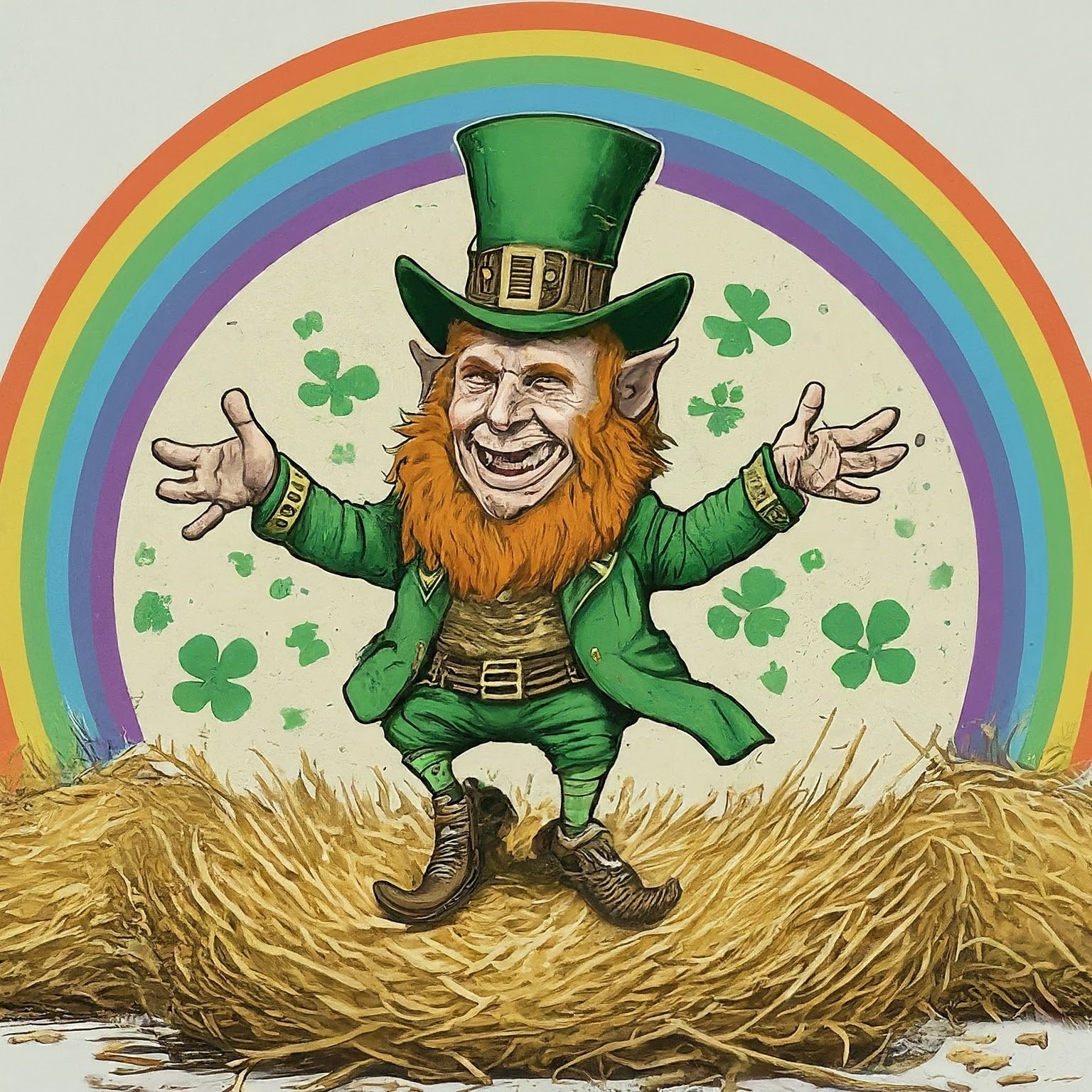
Rumpelstiltskin
"Rumpelstiltskin" is based on German fairy tale collected by the Brothers Grimm in the 1812 edition of Children's and Household Tales. The story is about a fairy who spins straw into gold in exchange for the Queen’s firstborn.The same story pattern appears in numerous other cultures including the United Kingdom, Ireland, Scotland, Russia, Czech Republic, Slovakia, Croatia, South America, Hungary, Japan and France.The Cornish tale of Duffy and the Devil plays out an essentially similar plot featuring a "devil" named Terry-top.Copyright 2024 Steve AdamsBedtime Stories for Children is produced by Magic Monorail
07:0921/08/2024
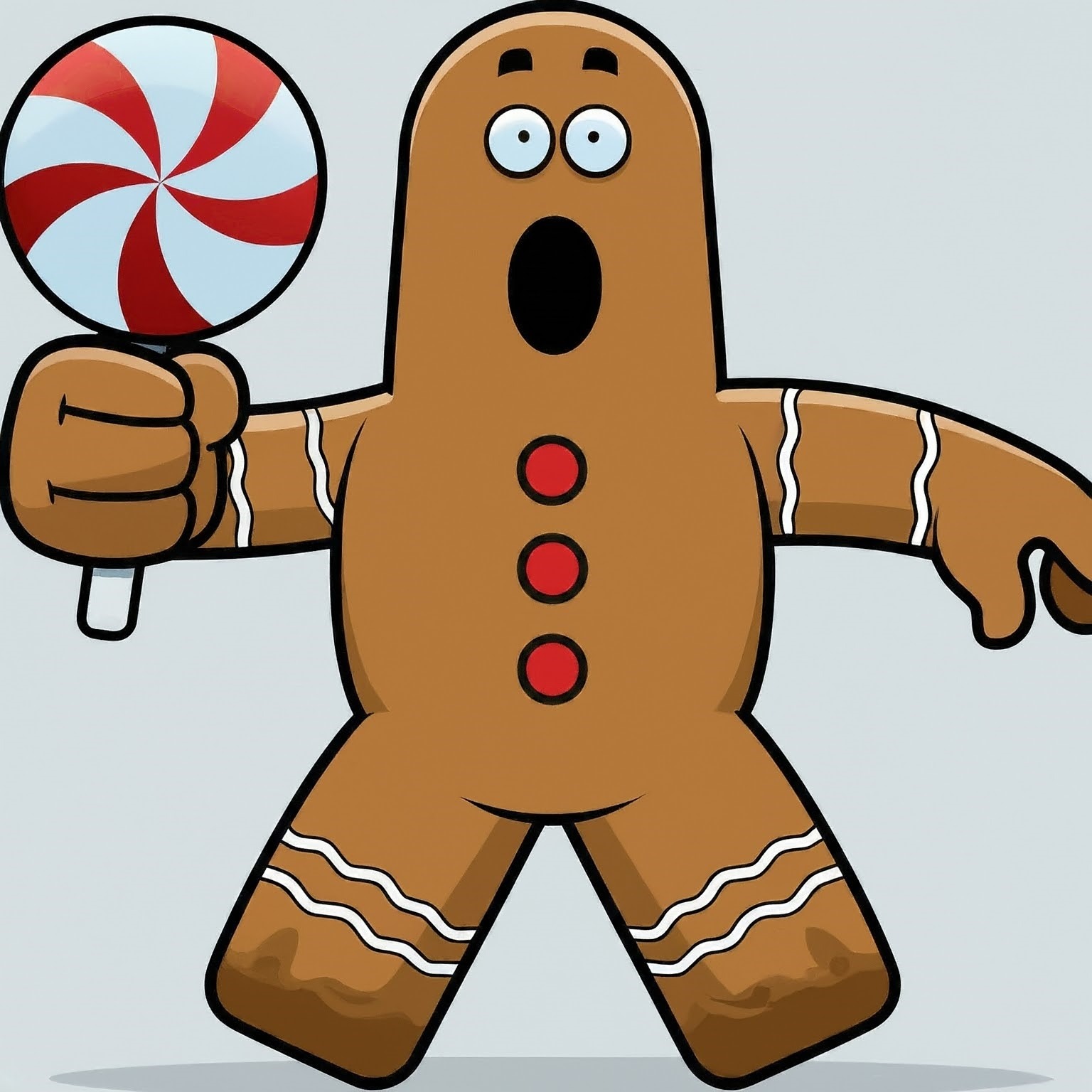
The Gingerbread Man
“The Gingerbread Man” was adapted from a folktale about a gingerbread man's escape from various pursuers until his eventual demise between the jaws of a fox. "The Gingerbread Boy" first appeared in print in the May, 1875, issue of St. Nicholas Magazine in a cumulative tale which, like "The Little Red Hen", depends on repetitious scenes featuring an ever-growing cast of characters for its effect.
07:3417/08/2024
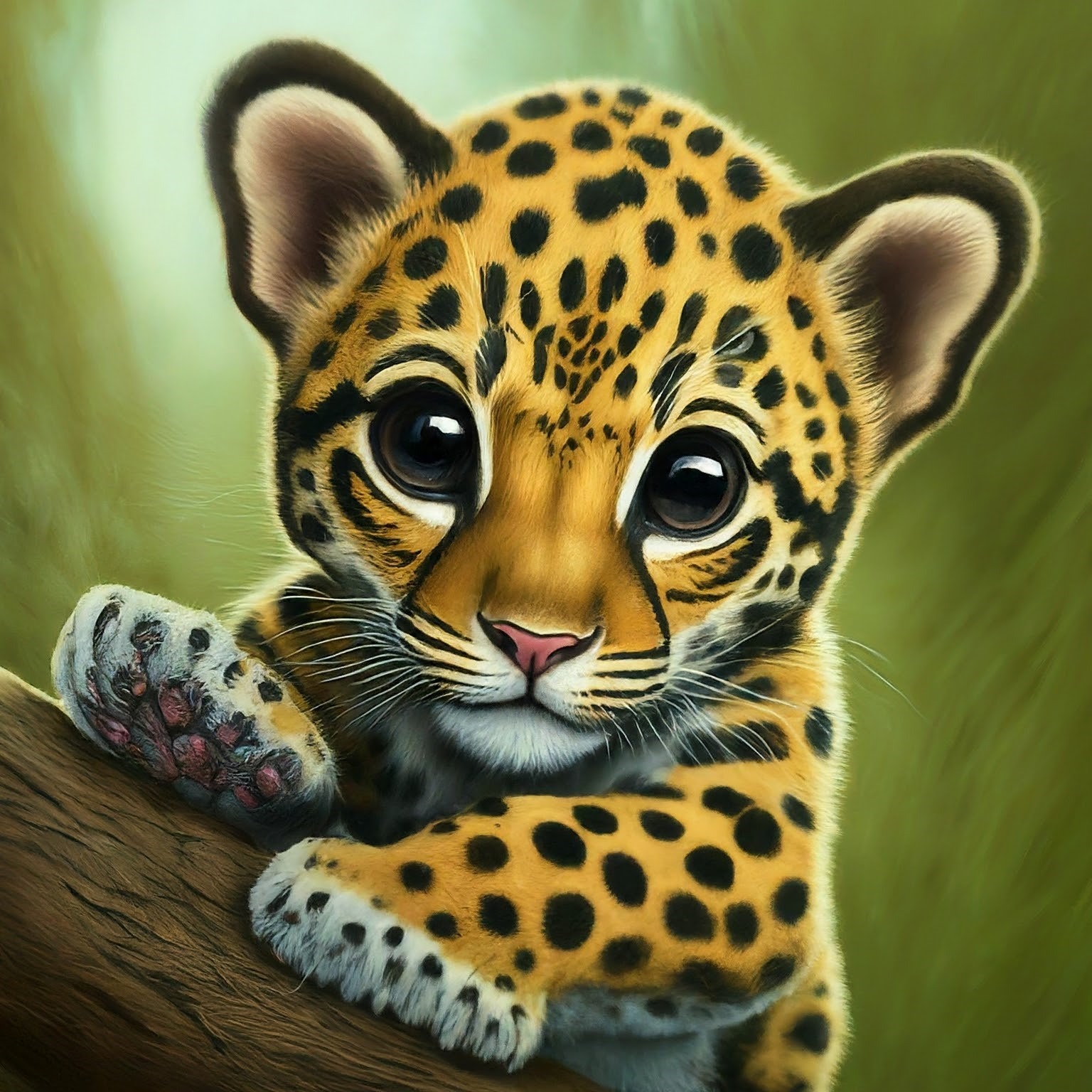
How the Leopard got his spots
"How the Leopard got his spots" was adapted from a classic children's story Copyright 2024 Steve AdamsBedtime Stories for Children is produced by Magic Monorail
06:3017/08/2024

Sleeping Beauty
"Sleeping Beauty" or "Little Briar Rose", also titled in English as "The Sleeping Beauty in the Woods", is a classic fairy tale about a princess who is cursed to sleep for a hundred years by an evil fairy, to be awakened by a handsome prince at the end of them. The good fairy, realizing that the princess would be frightened if alone when she awakens, uses her wand to put every living person and animal in the palace asleep, to awaken when the princess does. The earliest known version of the story is found in the narrative Perceforest, composed between 1330 and 1344. The tale was first published by Giambattista Basile in his collection of tales titled The Pentamerone. Basile's version was later adapted and published by Charles Perrault in Histoires ou contes du temps passé in 1697. The version that was later collected and printed by the Brothers Grimm was an orally transmitted version of the literary tale published by Perrault. The Aarne-Thompson classification system for folktales classifies "Sleeping Beauty" as being a 410 tale type, meaning it includes a princess who is forced into an enchanted sleep and is later awakened reversing the magic placed upon her. The story has been adapted many times throughout history and has continued to be retold by modern storytellers throughout various media.Copyright 2024 Steve AdamsBedtime Stories for Children is produced by Magic Monorail
06:5116/08/2024
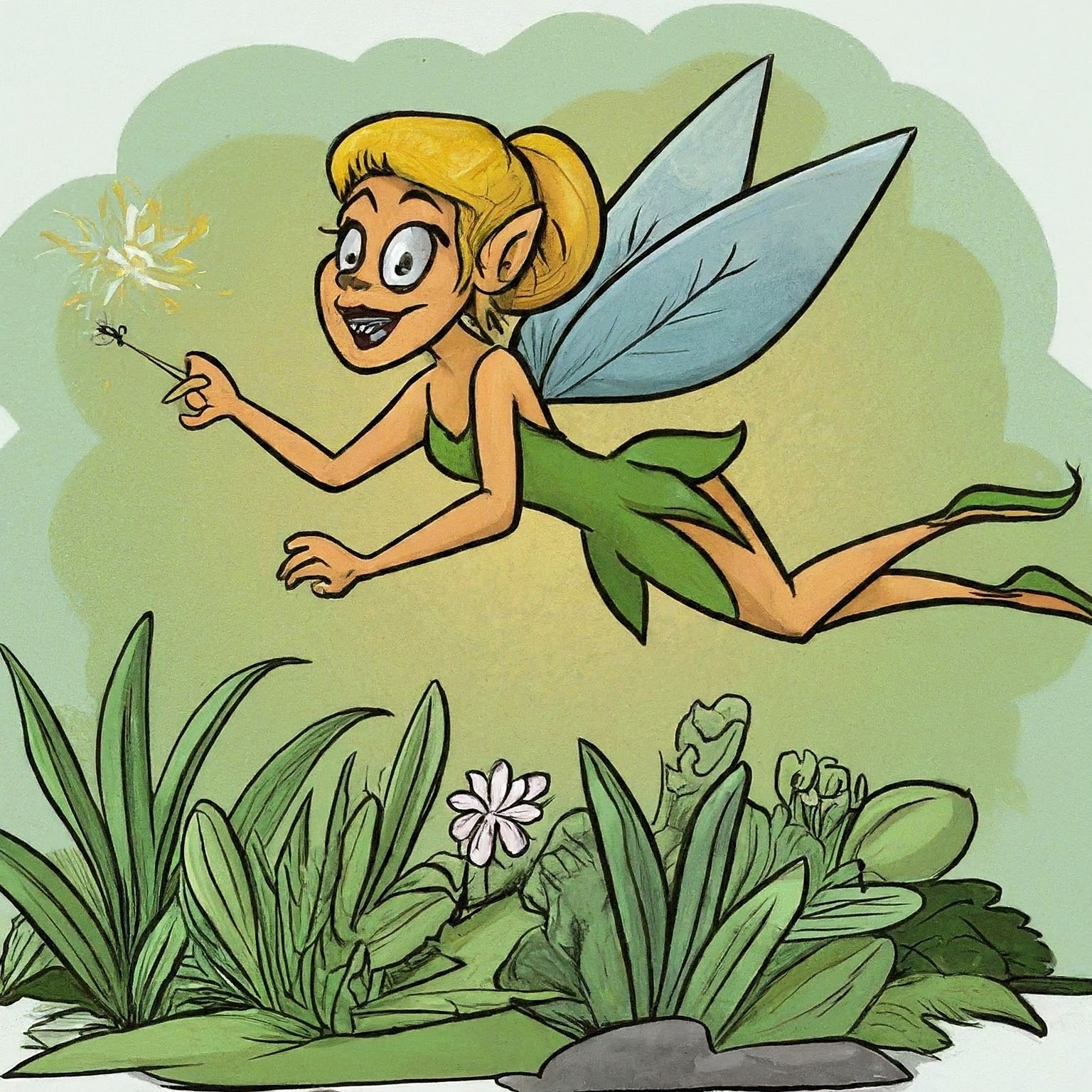
Thumbelina
Thumbelina is a literary fairy tale written by Danish author Hans Christian Andersen first published on December 16, 1835 in Copenhagen, Denmark, in the second instalment of “Fairy Tales Told for Children.” Thumbelina is about a tiny girl and her adventures with marriage-minded toads and moles. She successfully avoids their intentions before falling in love with a flower-fairy prince just her size.Thumbelina is chiefly Andersen's invention, though he did take inspiration from tales of miniature people such as "Tom Thumb". Thumbelina was published as one of a series of seven fairy tales in 1835 which were not well received by the Danish critics who disliked their informal style and their lack of morals. The earliest English translation of Thumbelina is dated 1846. The tale has been adapted to various media including television drama and animated film in 1994.Copyright 2024 Steve AdamsBedtime Stories for Children is produced by Magic Monorail
07:4316/08/2024

Three Billy Goats Gruff
"Three Billy Goats Gruff" is adapted from a Norwegian fairytale by Peter Christen Asbjørnsen and Jørgen Moe in their Norske Folkeeventyr, first published between 1841 and 1844. It has an "eat-me-when-I'm-fatter" plot. The first version of the story in English appeared in George Webbe Dasent's translation of some of the Norske Folkeeventyr, published as Popular Tales from the Norse in 1859. The heroes of the tale are three male goats who need to outsmart a ravenous troll to cross the bridge to their feeding ground.Copyright 2024 Steve AdamsBedtime Stories for Children is produced by Magic Monorail
06:3316/08/2024
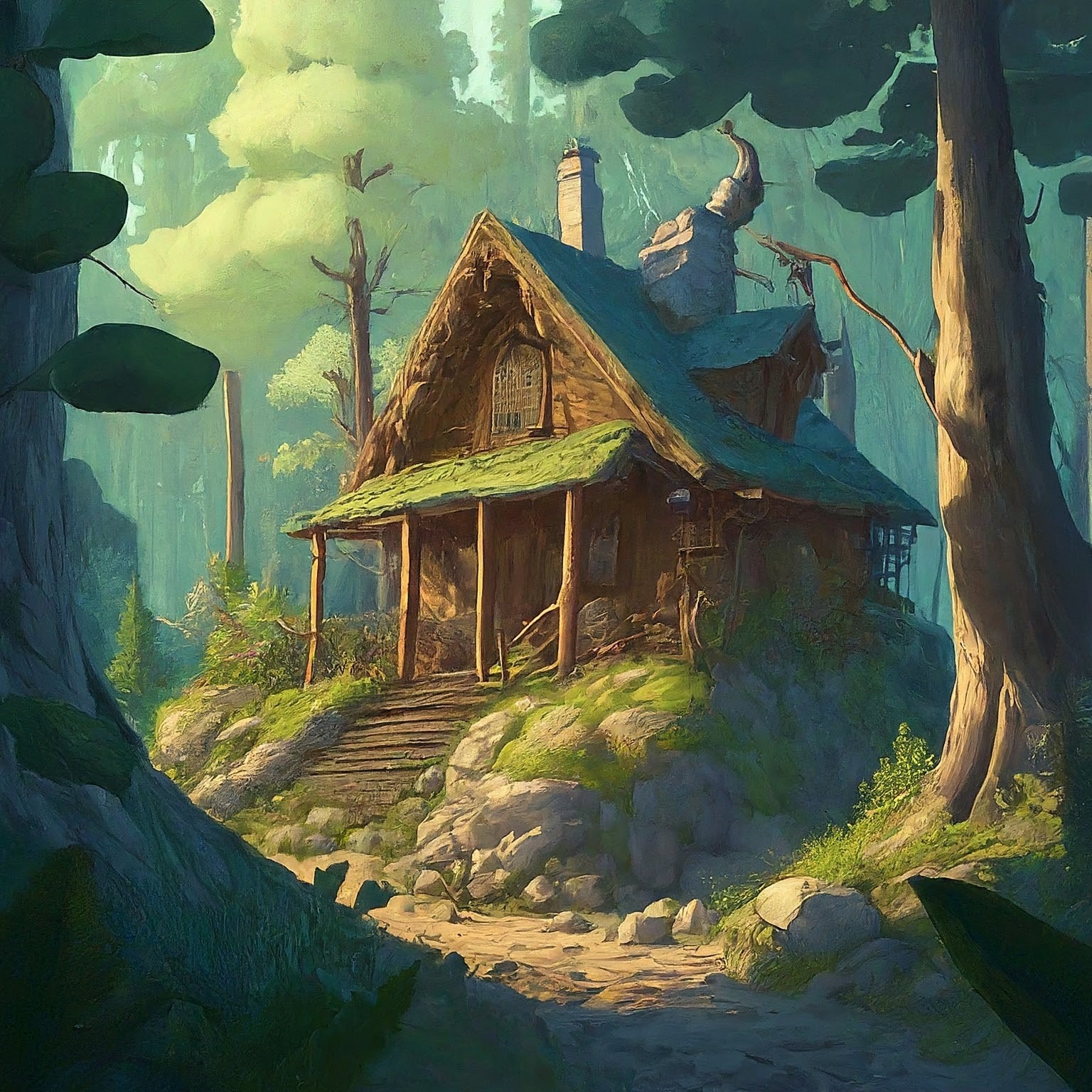
Hansel and Gretel
"Hansel and Gretel" was adapted from a fairy tale collected by the German Brothers Grimm and published in 1812 in Grimm's Fairy Tales.Hansel and Gretel are a brother and sister abandoned in a forest, where they fall into the hands of a witch who lives in a house made of gingerbread. The cannibalistic witch intends to fatten the children before eventually eating them, but Gretel outwits the witch and kills her. The two children then escape with their lives and return home with the witch's treasure.Although Jacob and Wilhelm Grimm credited "various tales from Hesse" (the region where they lived) as their source, scholars have argued that the brothers heard the story in 1809 from the family of Wilhelm's friend and future wife, Dortchen Wild, and partly from other sources. A handwritten note in the Grimms' personal copy of the first edition reveals that in 1813 Wild contributed to the children's verse answer to the witch, "The wind, the wind,/ The heavenly child," which rhymes in German: "Der Wind, der Wind,/ Das himmlische Kind."According to folklorist, the tale emerged in the Late Middle Ages Germany. Shortly after this period, close written variants began to appear. Scholars argue that the episode of the paths marked with stones and crumbs, were already found in the France. A house made of confectionery is also found in a 14th-century manuscript about the Land of Cockayne.Copyright 2024 Steve AdamsBedtime Stories for Children is produced by Magic Monorail
07:1811/08/2024
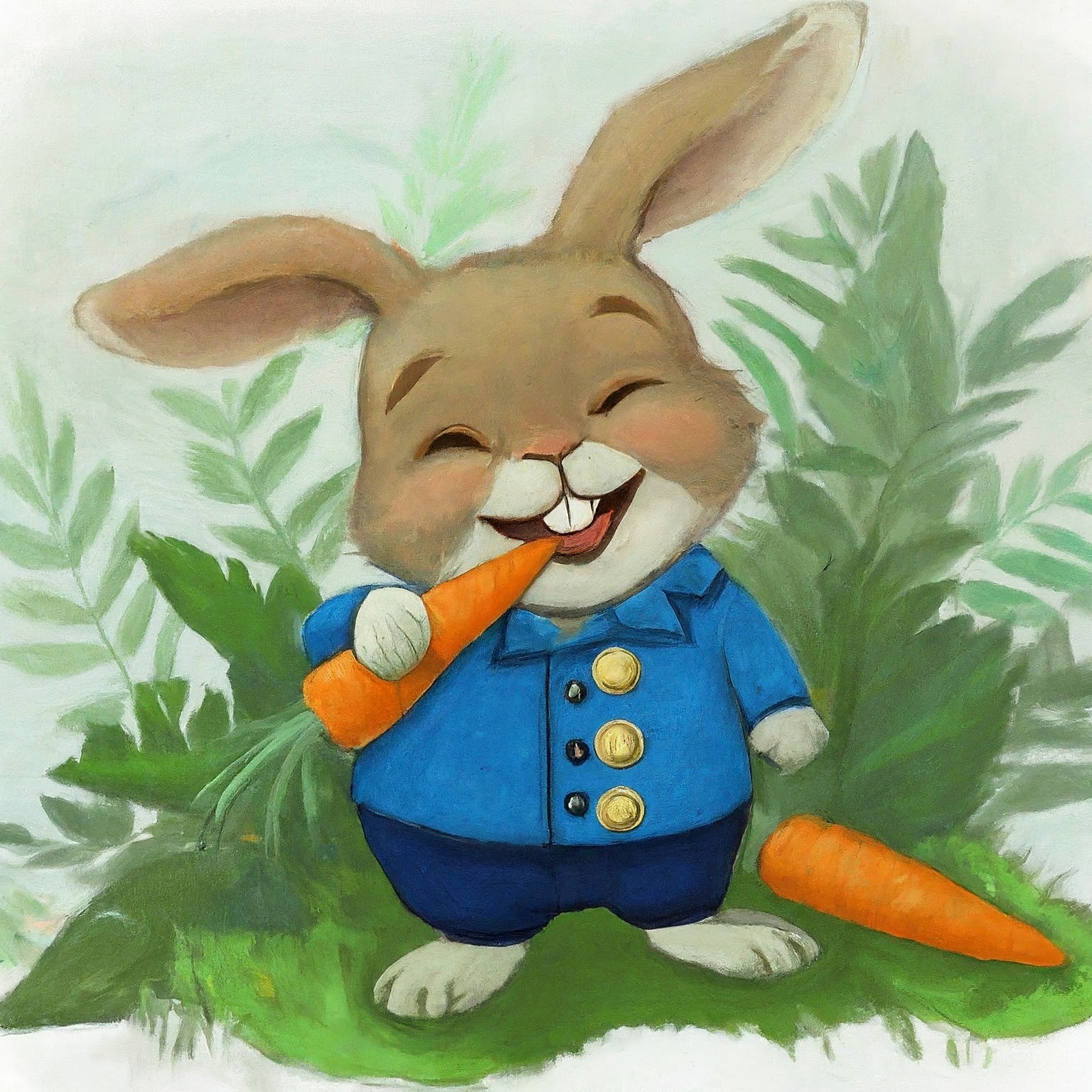
The Tale of Peter Rabbit
“The Tale of Peter Rabbit” was adapted from the children's book written by Beatrix Potter that follows mischievous and disobedient young Peter Rabbit as he gets into, and is chased around, the garden of Mr. McGregor. The tale was written for five-year-old Noel Moore, son of Potter's former governess Annie Carter Moore, in 1893. It was revised and privately printed by Potter in 1901 after several publishers' rejections, but was printed in a trade edition by Frederick Warne & Co. in 1902. The book was a success, and multiple reprints were issued in the years immediately following its debut.Copyright 2024 Steve AdamsBedtime Stories for Children is produced by Magic Monorail
07:1411/08/2024
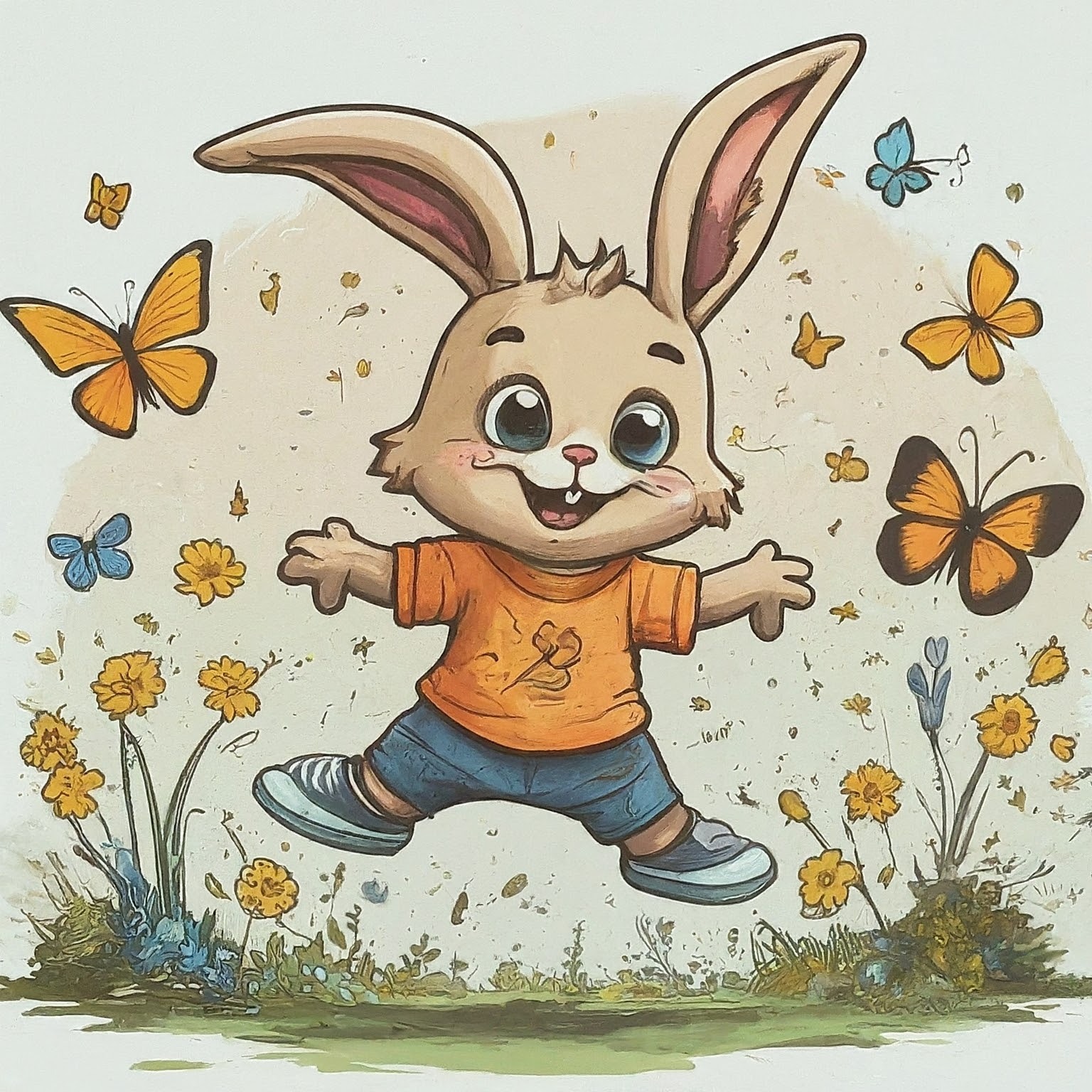
The Tale of Benjamin Bunny
“The Tale of Benjamin Bunny” is based on a children's book written and illustrated by Beatrix Potter, and first published by Frederick Warne & Co. in September 1904. The book is a sequel to The Tale of Peter Rabbit (1902), and tells of Peter's return to Mr. McGregor's garden with his cousin Benjamin to retrieve the clothes he lost there during his previous adventure. In Benjamin Bunny, Potter deepened the rabbit universe she created in Peter Rabbit, and, in doing so, suggested the rabbit world was parallel to the human world but complete and sufficient unto itself. In 1903, Potter and her publisher decided her next book should be less complicated than her previous productions, and in Benjamin Bunny she created a simple, didactic tale for young children. The book's masterful illustrations were based upon the several gardens at the Lake District estate of Fawe Park, where Potter spent the summer of 1903. Benjamin Bunny was an instant commercial and popular success, and thousands of copies were in print by the end of 1904. The Times Literary Supplement thought Potter's illustrations "pencil perfect", but suggested that she engage a literary assistant for future productions. Potter created a nursery wallpaper tapping Benjamin's image, and Benjamin returned as an adult rabbit in the Flopsy Bunnies and Mr. Tod. In 1992, Benjamin Bunny was adapted as an episode of the BBC animated television series, The World of Peter Rabbit and Friends.Copyright 2024 Steve AdamsBedtime Stories for Children is produced by Magic Monorail
07:3707/08/2024
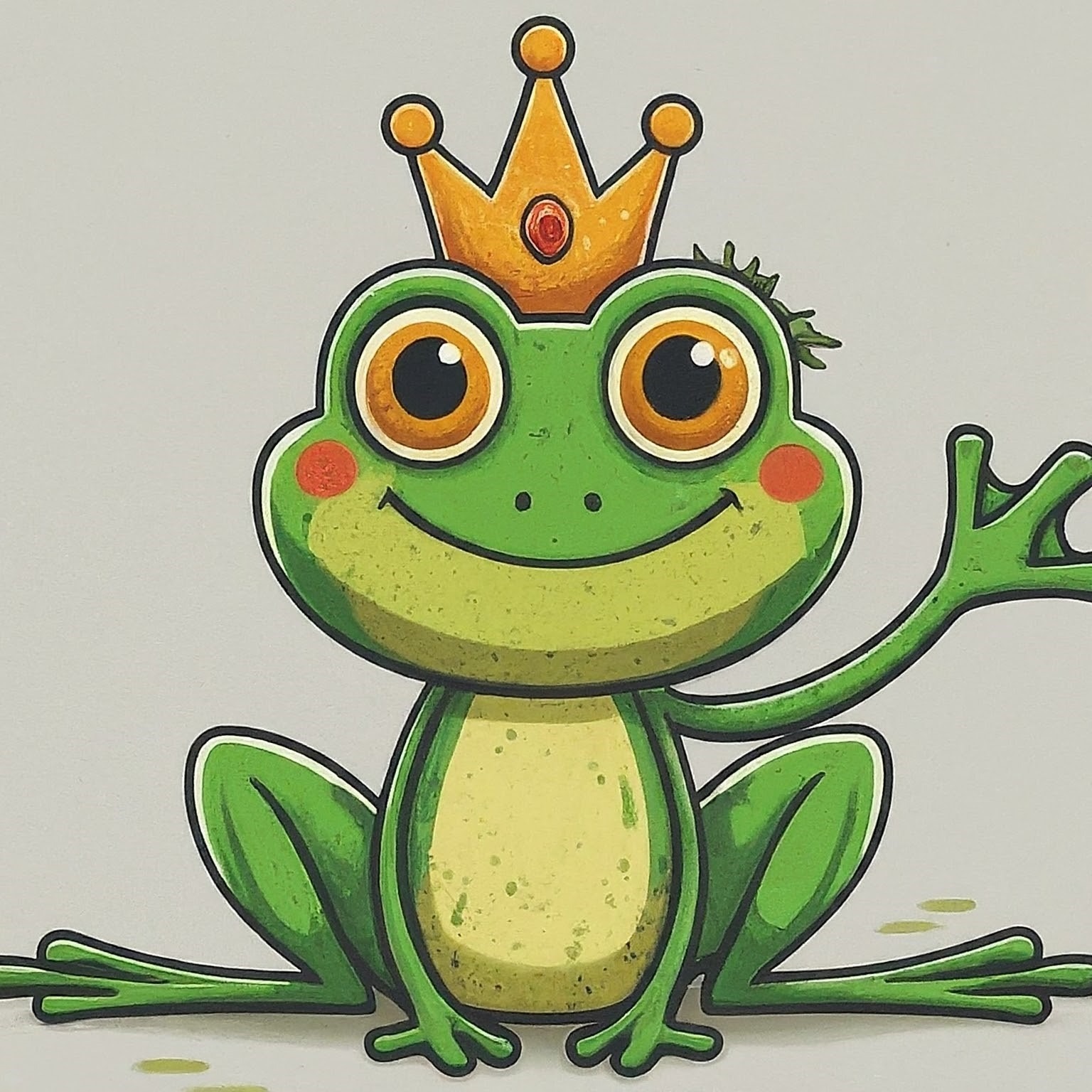
The Tale of the Frog Prince
“The Tale of the Frog Prince” was adapted from a German fairy tale collected by the Brothers Grimm and published in 1812 in Grimm's Fairy Tales. Traditionally, it is the first story in their folktale collectionBedtime Stories for Children is produced by Magic MonorailCopyright 2024 Steve Adams
06:5407/08/2024
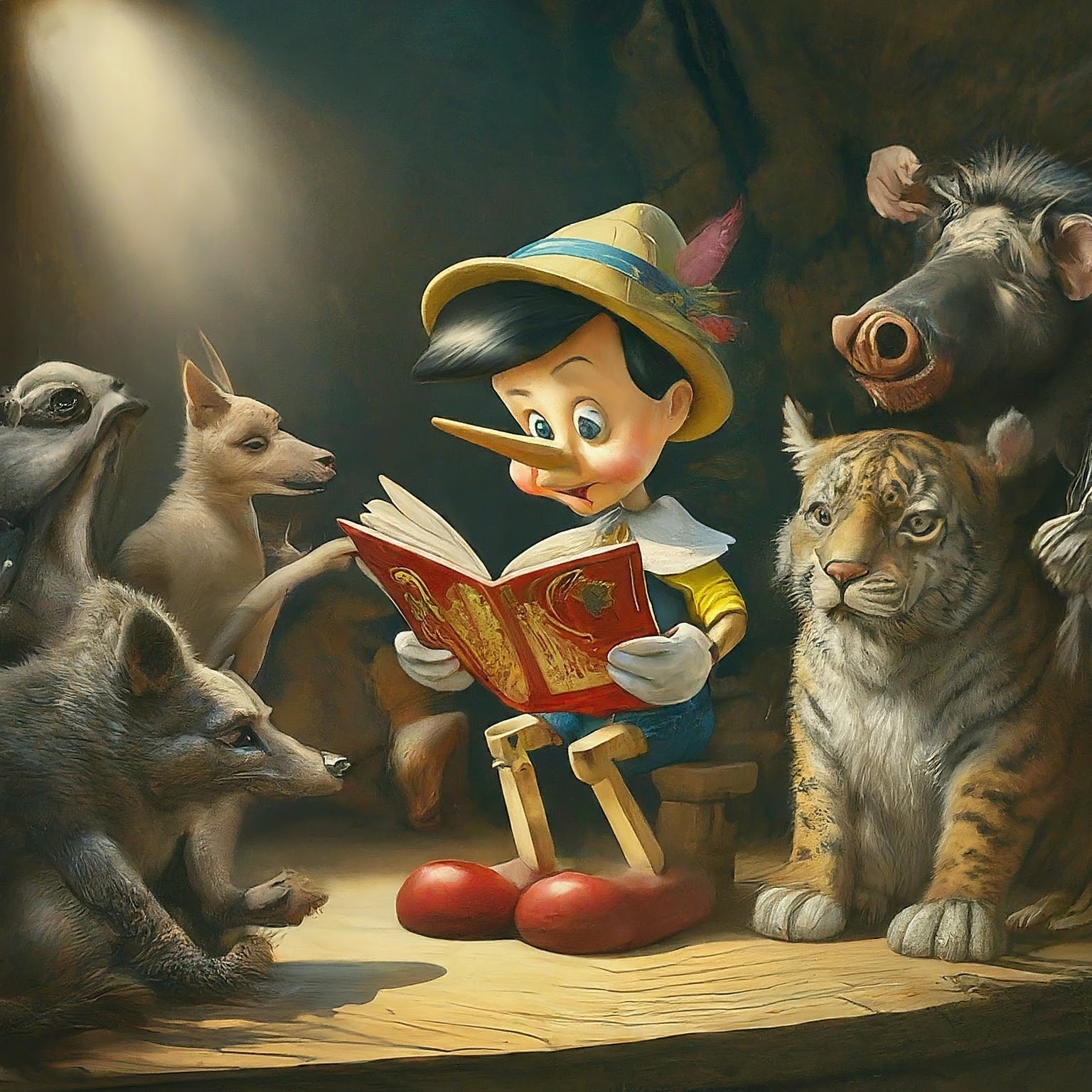
Pinocchio
The story of "Pinocchio" was adapted from the children's novel The Adventures of Pinocchio (1883). Pinocchio was carved by a woodcarver named Geppetto in a Tuscan village. He was created as a wooden puppet, but he dreams of becoming a real boy. He is notably characterized for his frequent tendency to lie, which causes his nose to grow. Pinocchio is one of the most reimagined characters in children's literature. His story has been adapted into many other media, notably the 1940 Disney film Pinocchio. The name Pinocchio is a combination of the Italian words pino (pine), and occhio (eye).Copyright 2024 Steve AdamsBedtime Stories for Children is produced by Magic Monorail
07:1906/08/2024
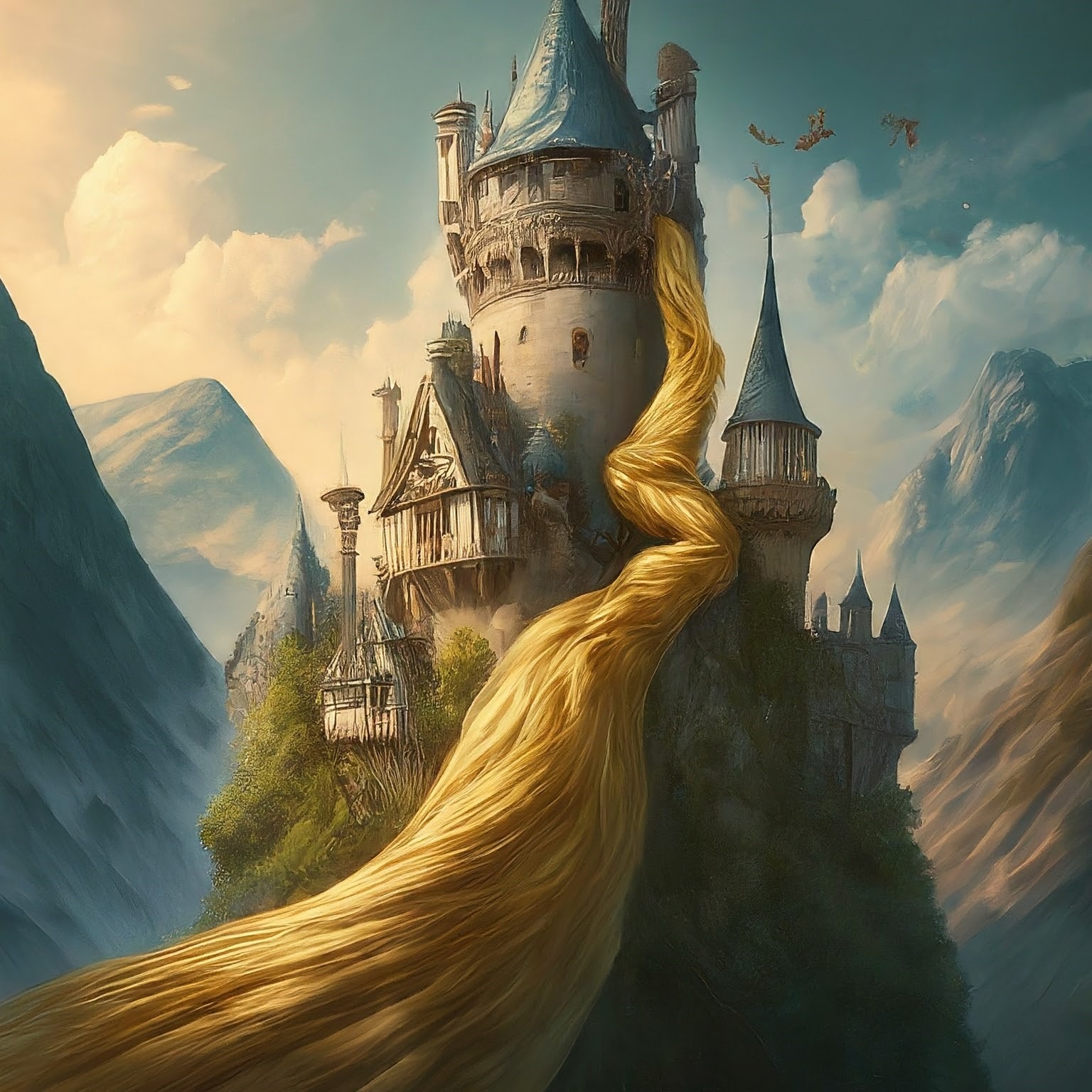
Rapunzel
The tale of “Rapunzel” was published by the Brothers Grimm in 1812. Their source was a story published by Friedrich Schulz in 1790. Earlier variants include "Petrosinella" in 1634, and "Das Mährchen von der Padde" published a few months before Grimm's version. In 2010, Walt Disney Animation Studios adapted the fairy tale into the animated feature film “Tangled”. Bedtime Stories for Children is produced by Magic MonorailCopyright 2024 Steve Adams
07:3630/07/2024

Puss in Boots
"Puss in Boots" was based on an Italian fairy tale from the mid 1600’s, which later spread throughout the rest of Europe, about a cat who uses trickery to gain power, wealth, and the hand of a princess in marriage for his penniless master. Puss in Boots has provided inspiration for composers, choreographers, and other artists over the centuries. The cat appears in the third act of Tchaikovsky's ballet The Sleeping Beauty. In 2011, Puss in Boots became an American computer-animated comedy film produced by DreamWorks Animation and distributed by Paramount Pictures. The film received positive reviews from critics and was nominated for Best Animated Feature at the 84th Academy Awards. Bedtime Stories for Children is produced by Magic MonorailCopyright 2024 Steve Adams
06:3130/07/2024
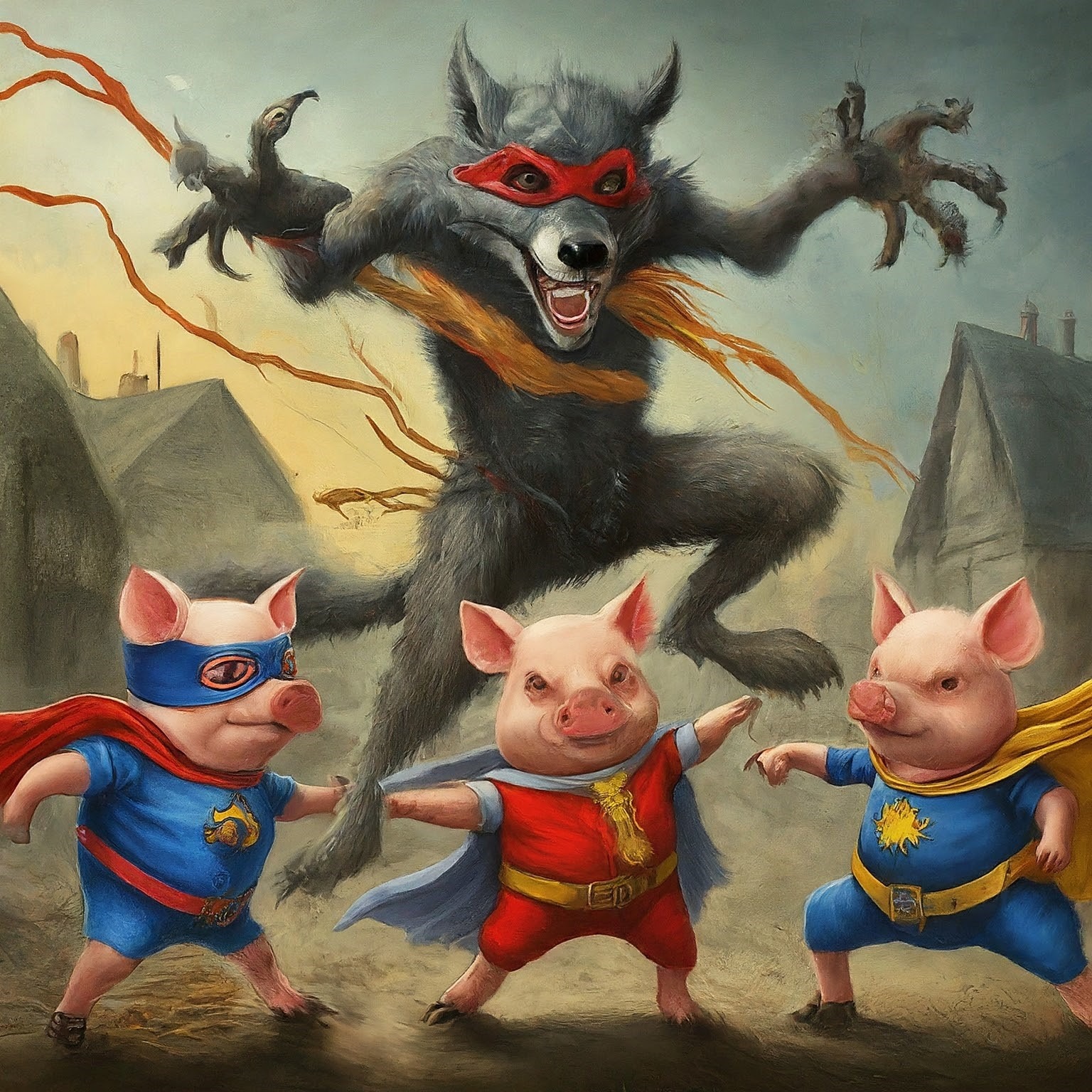
The Three Little Pigs
"The Three Little Pigs" is a fable about three pigs who build three houses of different materials. A Big Bad Wolf blows down the first two pigs' houses, made of straw and sticks respectively, but is unable to destroy the third pig's house, made of bricks. Printed versions date back to the 1840s, but the story is thought to be much older. The earliest version takes place in Dartmoor with three pixies and a fox before its best known version appears in English Fairy Tales by Joseph Jacobs in 1890. The phrases used in the story, and the various morals drawn from it, have become embedded in Western culture. Many versions of The Three Little Pigs have been recreated and modified over the years, sometimes making the wolf a kind character.Copyright 2024 Steve AdamsBedtime Stories for Children is produced by Magic Monorail
06:1828/07/2024
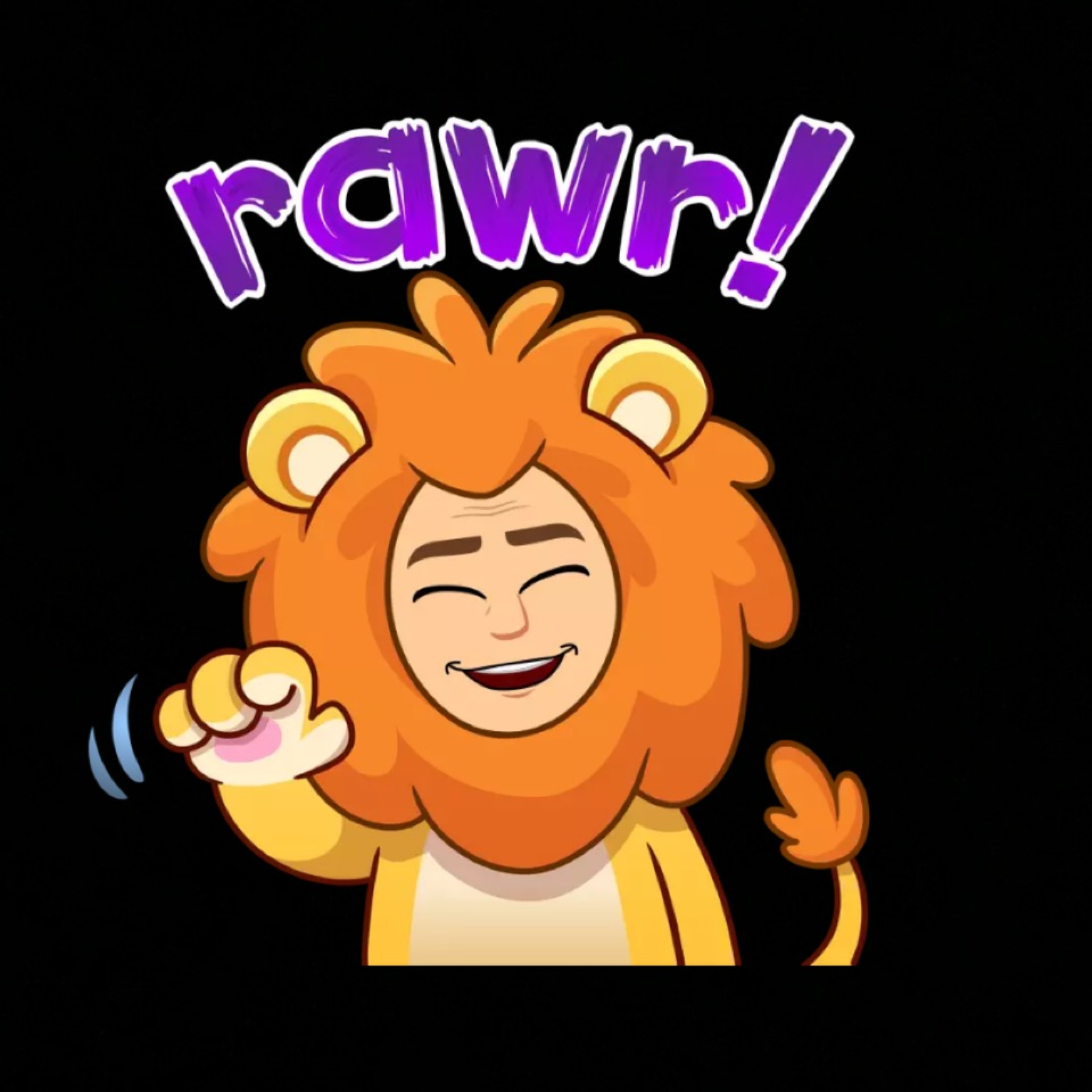
The Story of Little Sammy
The story of “Little Sammy” was adapted from a children's book written and illustrated by Scottish author Helen Bannerman and published by Grant Richards in October 1899. As one in a series of small-format books called The Dumpy Books for Children, the story was popular for more than half a century. Bedtime Stories for Children is produced by Magic MonorailCopyright 2024 Steve Adams
08:2227/07/2024
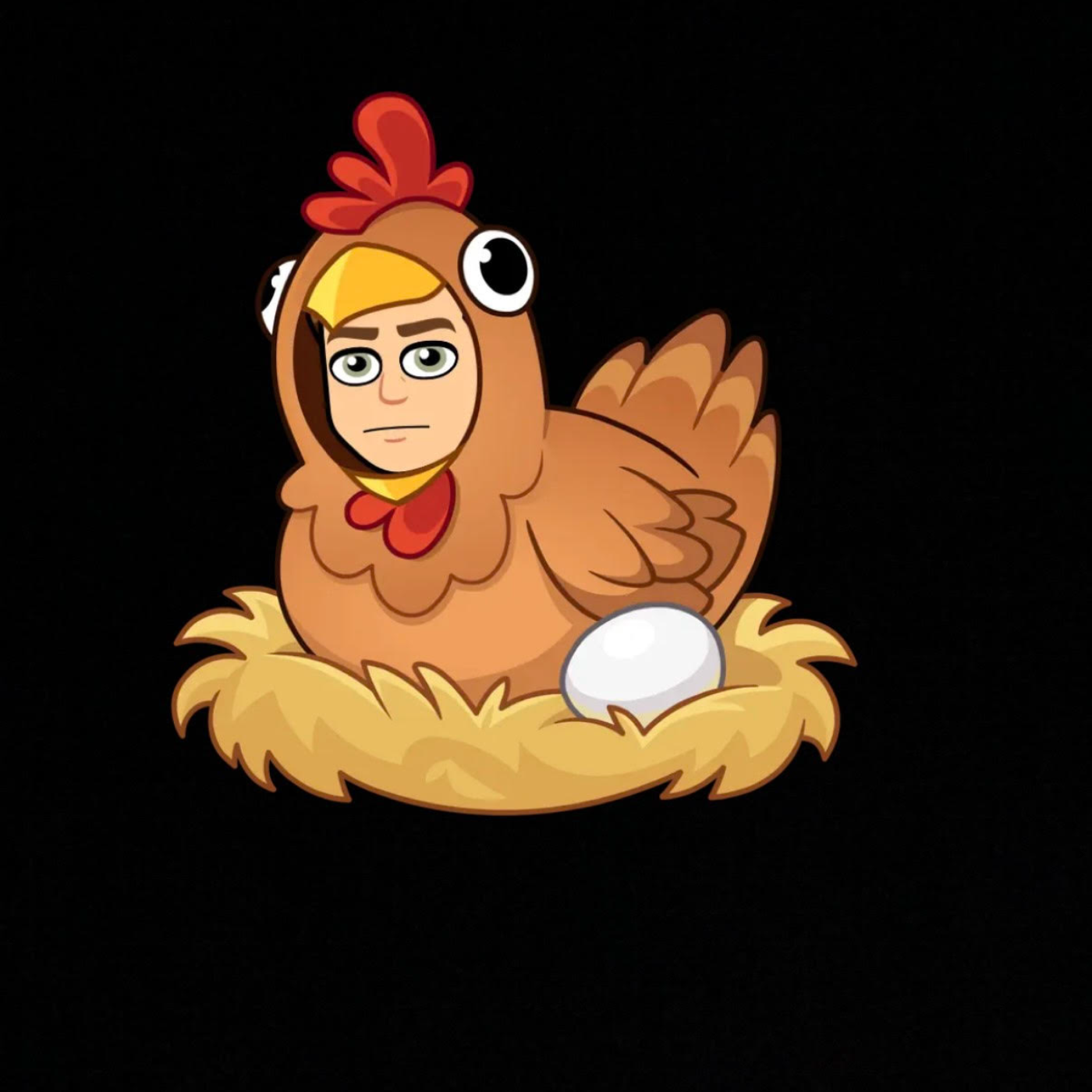
The Tale of Jemima Puddle-Duck
The Tale of Jemima Puddle-Duck is a children's book written and illustrated by Beatrix Potter. It was first published by Frederick Warne & Co. in July 1908. Potter composed the book at Hill Top, a working farm in the Lake District she bought in 1905. Following the purchase, her works began to focus on country and village life, incorporating large casts of animal characters and sinister villains. Jemima Puddle-Duck was the first of her books set wholly at the farm with background illustrations based on the farm buildings and yard, and nearby locales. Jemima is a domestic duck of the Aylesbury breed, whose eggs are routinely confiscated by the farmer's wife because she believes Jemima to be a poor sitter. Jemima searches for a place away from the farm where she can hatch her eggs without human interference, and naively confides her woes to a suave fox who invites her to nest in a shed at his home. Jemima accepts his invitation, little realizing her danger. Kep, a collie on the farm, discovers Jemima's whereabouts and rescues her just in time. Potter indicated the tale was a revision of "Little Red Riding Hood" with Jemima, the fox, and the dog acting as parallels to the fairy tale's heroine, wolf, and woodcutter. Jemima, Kep, the farmer's wife, and her two children were all modelled on real world individuals at Potter's Hill Top farm.Copyright 2024 Steve AdamsProduced by Magic Monorail Productions
09:0427/07/2024

The adventures of Tom Thumb
Tom Thumb is one of the eight fairytales published by Charles Perrault. The small boy defeats the ogre. This type of fairytale, in the French oral tradition, is often combined with motifs, similar to Hansel and Gretel; one such tale is The Lost Children. The story was first published in English as Little Poucet in Robert Samber's 1729 translation of Perrault's book, "Histories, or Tales of Past Times". In 1764, the name of the hero was changed to Little Thumb. In 1804, William Godwin, in "Tabart's Collection of Popular Stories for the Nursery", retitled it Tom Thumb, a term that was common in the 16th century, referring to a tiny person. Bedtime Stories for Children is produced by Magic MonorailCopyright 2024 Steve Adams
12:5825/07/2024
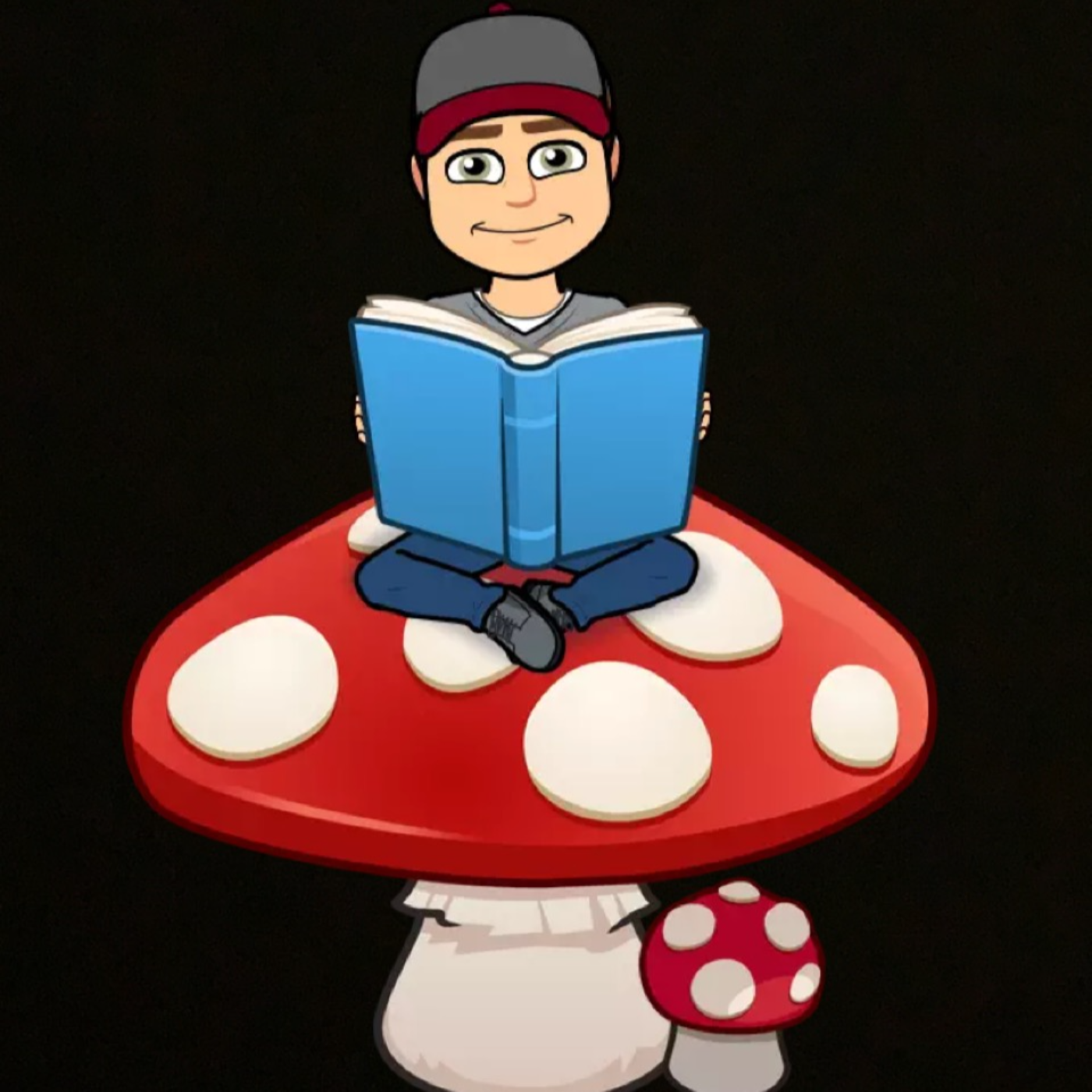
A collection of Aesop's fables pt.1
“Aesop's Fables” are a collection of fables credited to Aesop, a storyteller who lived in ancient Greece. On the arrival of the printing press, collections of Aesop's fables were among the earliest books in a variety of languages. Through the means of later collections, Aesop's reputation as a fabulist was transmitted throughout the world. Initially the fables were addressed to adults and covered religious, social and political themes. They were also used as ethical guides, and from the Renaissance onwards were particularly used for the education of children. This collection includes: 1. The Owl and the Grasshopper 2. The Heron 3. The Wicked Wolf 4. Belling the Cat Bedtime Stories for Children is produced by Magic MonorailCopyright 2024 Steve Adams
06:5725/07/2024
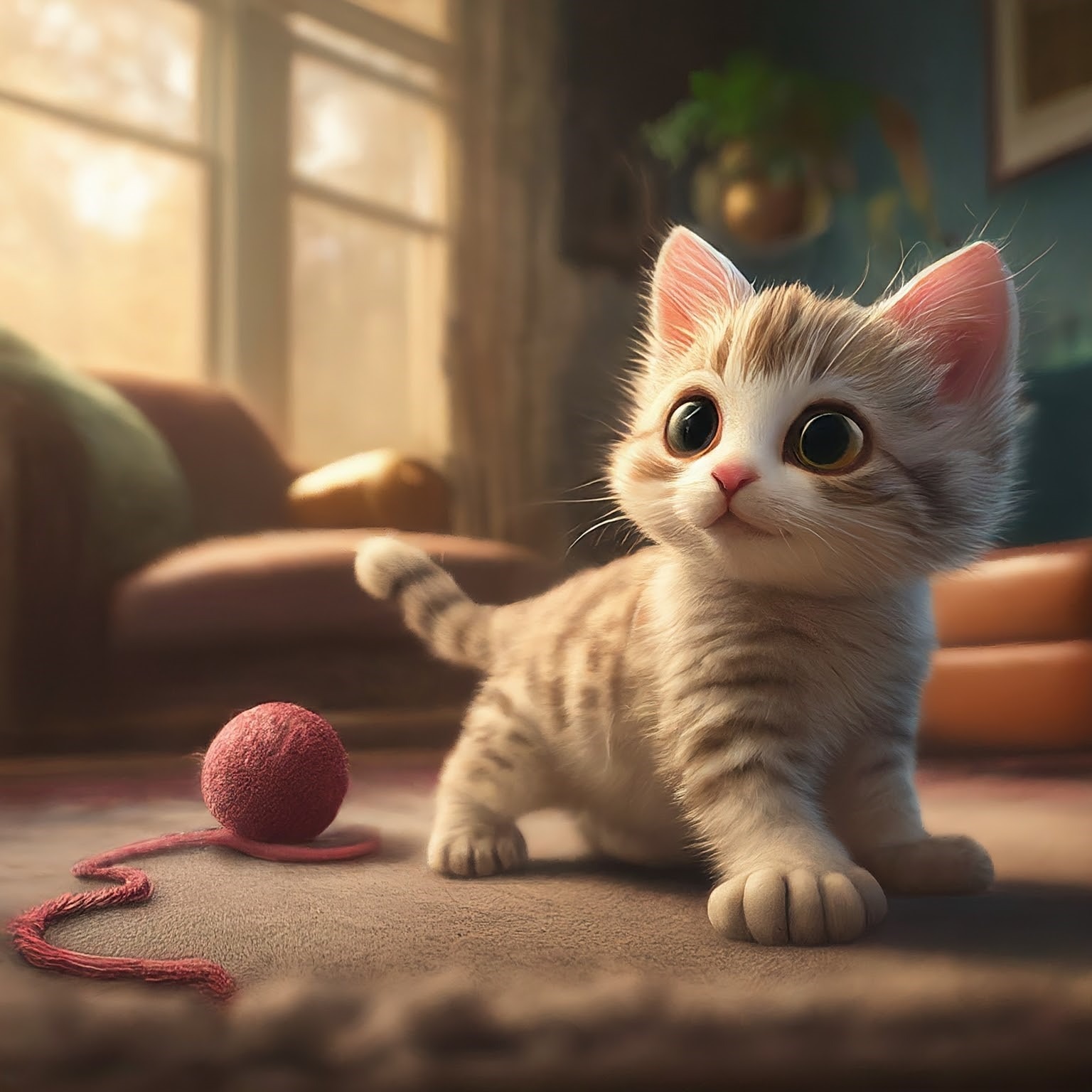
The Tale of Tom Kitten
“The Tale of Tom Kitten” is based on the story written by Beatrix Potter released in September 1907. The tale is about manners and how children react to them. Tabitha Twitchit, a cat, invites friends for tea. She washes and dresses her three kittens for the party, but within moments the kittens have soiled and lost their clothes while scampering about the garden. Tabitha is "affronted". She sends the kittens to bed, and tells her friends the kittens have the measles. Once the tea party is underway however, its "dignity and repose" are disturbed by the kittens romping overhead and leaving a bedroom in disorder. Potter's career as a children's author was launched in 1902 with the release of The Tale of Peter Rabbit. She continued to publish, and, in 1905, bought a farm, with the sales profits from her books. Her tales then took inspiration from the farm, its woodland surroundings, and nearby villages. Twenty thousand copies of the book were released in September 1907 and another 12,500 the following December. Potter composed a few miniature letters for child friends as if from the characters in the tale, and, in 1917, she released a painting book under Tom Kitten's name. In 1935, two books of piano pieces and piano duets for children were published with one piece inspired by Tom Kitten and another by the Puddle-Ducks. Copyright 2024 Steve AdamsBedtime Stories for Children is produced by Magic Monorail
05:2124/07/2024
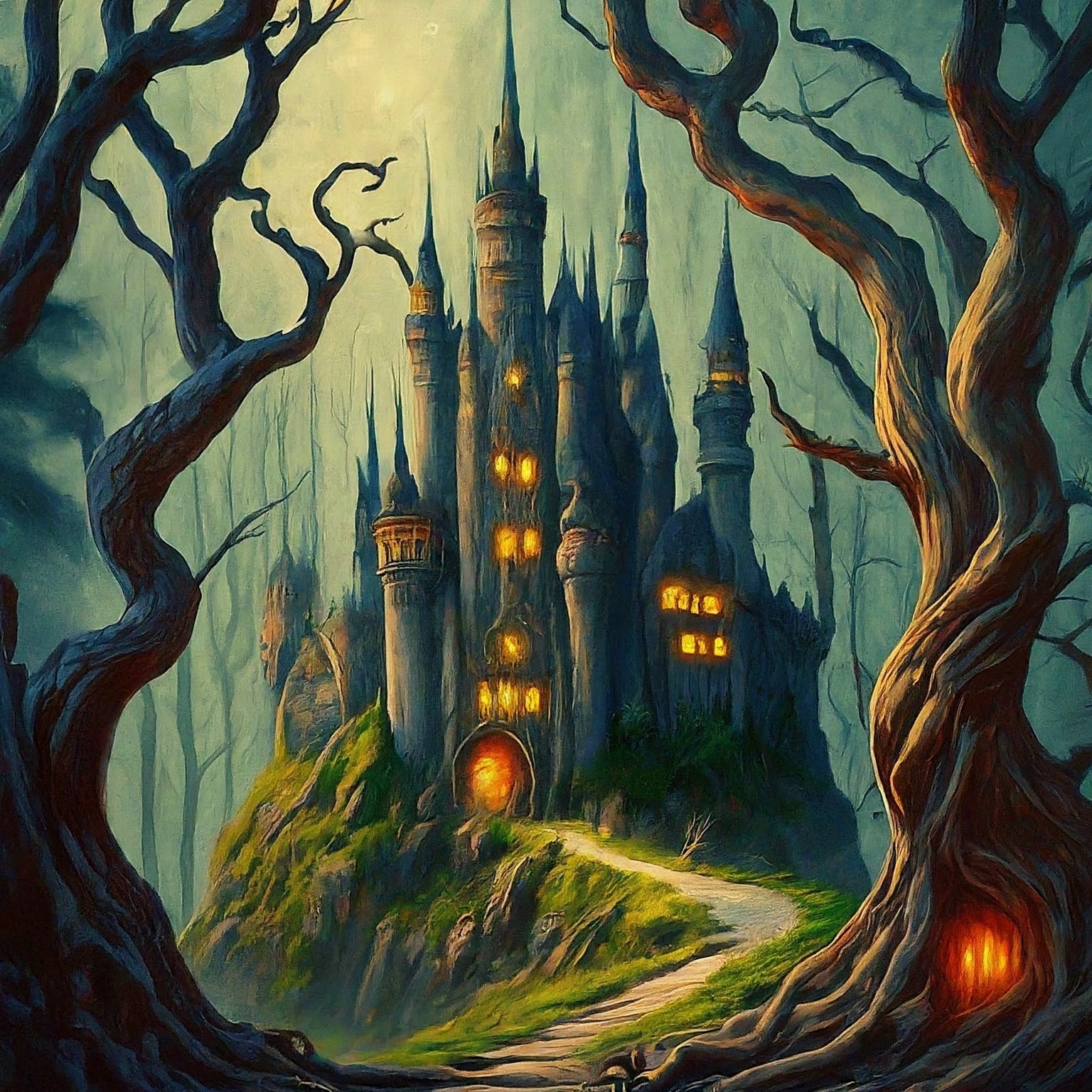
Beauty and the Beast
“Beauty and the Beast” was adapted from a fairy tale written by French novelist Gabrielle-Suzanne Barbot de Villeneuve and published in 1740. Her lengthy version was abridged, rewritten, and published by Jeanne-Marie Leprince de Beaumont in 1756 to produce the version most commonly retold. Later, Andrew Lang retold the story in Blue Fairy Book, a part of the Fairy Book series, in 1889. In 1991, Beauty and the Beast was produced by Walt Disney Feature Animation as a feature film. Beauty and the Beast is the 30th Disney animated feature film. The meaning of the story behind Beauty and the Beast is a tale as old as time. By choosing to let her go, the Beast is letting go of the importance he places on physical beauty. Not only is he letting go of the most beautiful person he's ever seen (and literally letting go of “beauty”, the meaning of her name), but also letting go of his own chance of ever being outwardly beautiful again. Copyright 2024 Steve AdamsBedtime Stories for Children is produced by Magic Monorail
12:0824/07/2024
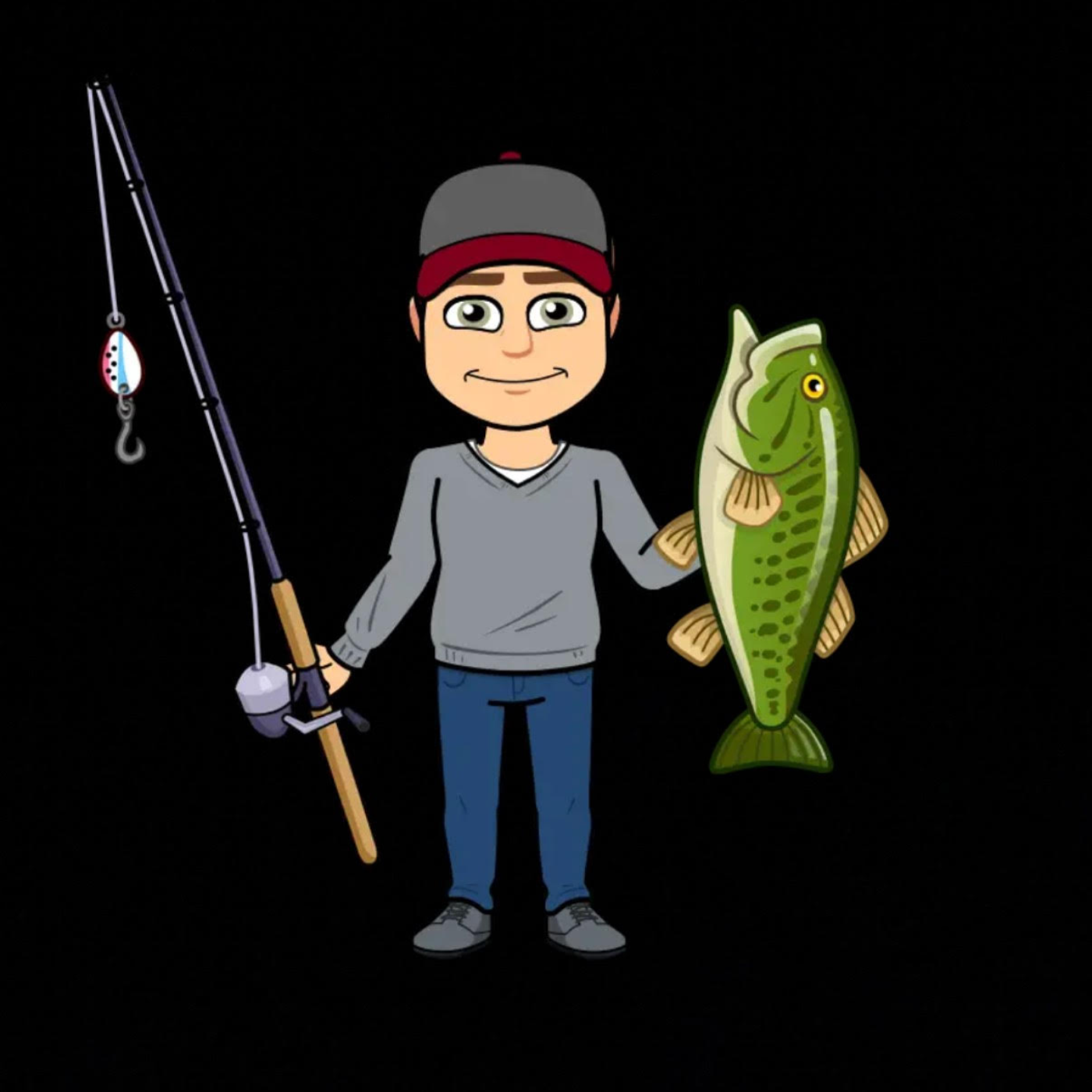
The Tale of Jeremy Fisher
“The Tale of Mr. Jeremy Fisher” was adapted from a children's book, written and illustrated by Beatrix Potter. It was originally published in July 1906. Jeremy's origin lies in a letter she wrote to a child in 1893. She revised it in 1906 and moved its setting from the River Tay to the English Lake District. The tale reflects her love for the Lake District. Potter's tale pays homage to the leisurely summers her father and his companions spent sport fishing at rented country estates in Scotland. Following the tale's publication, a child fan wrote to Potter suggesting Jeremy find a wife. Potter responded with a series of miniature letters on the theme as if from Jeremy. Copyright 2024 Steve AdamsBedtime Stories for Children is produced by Magic Monorail
06:1824/07/2024





